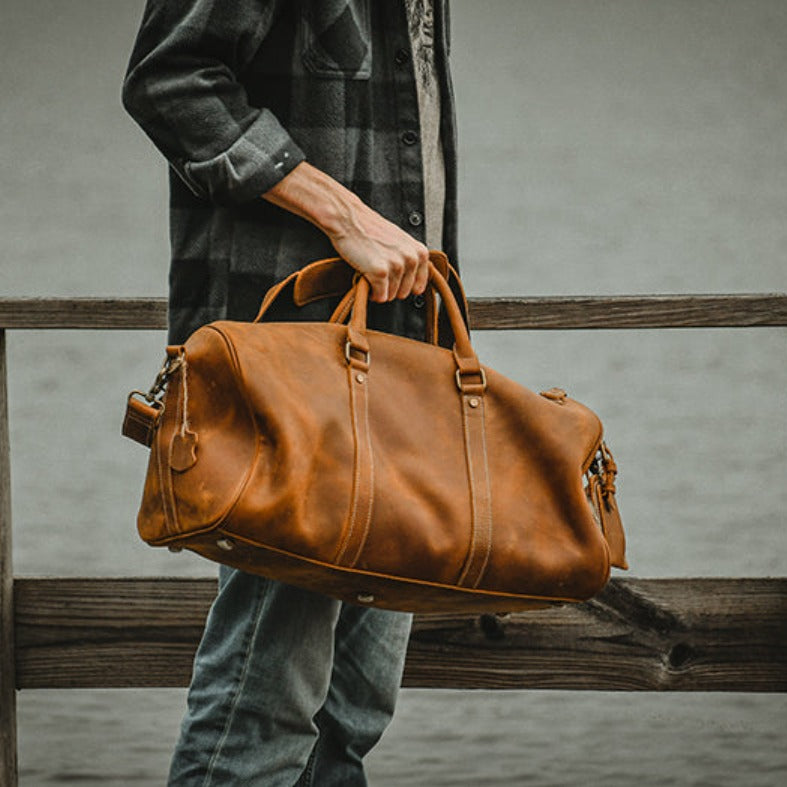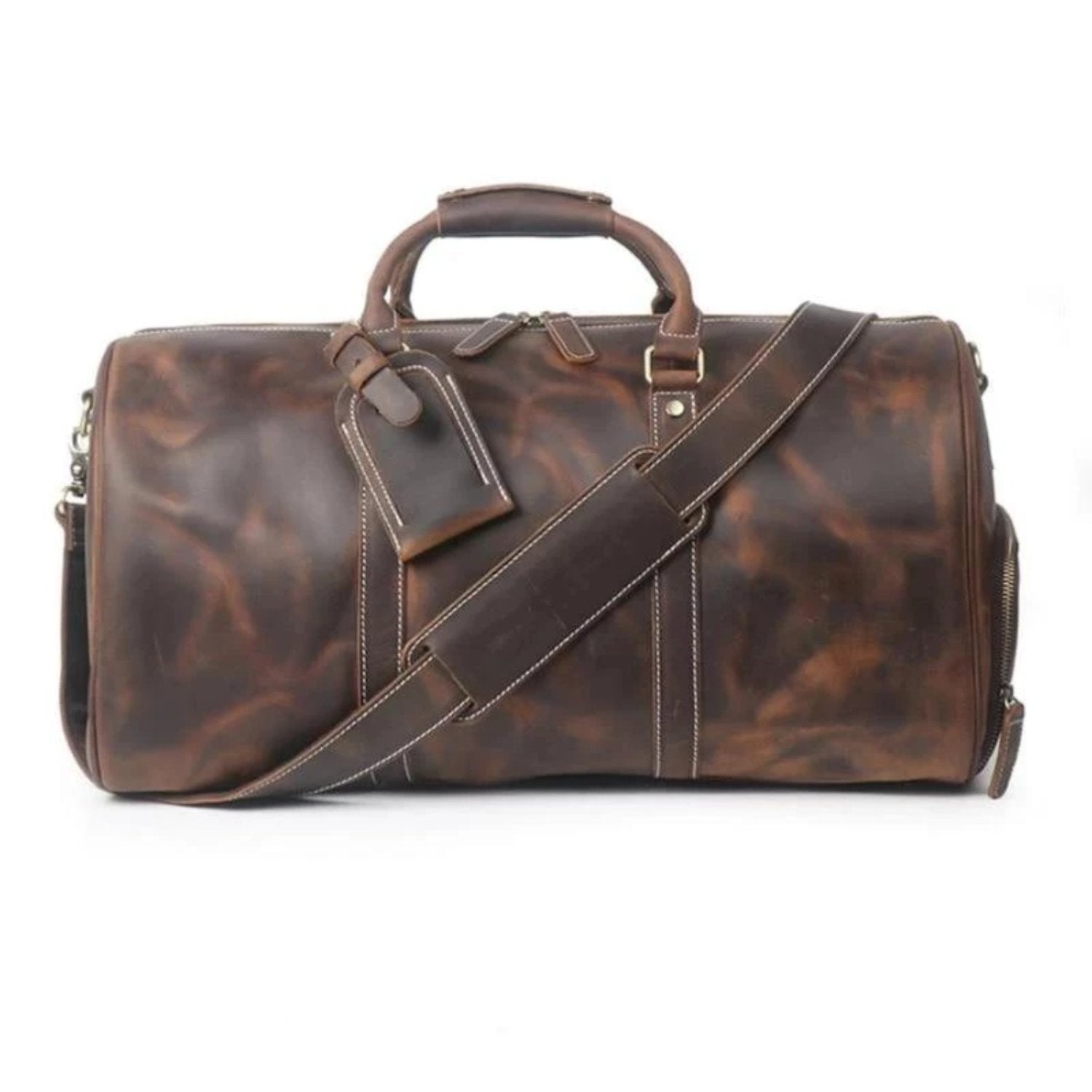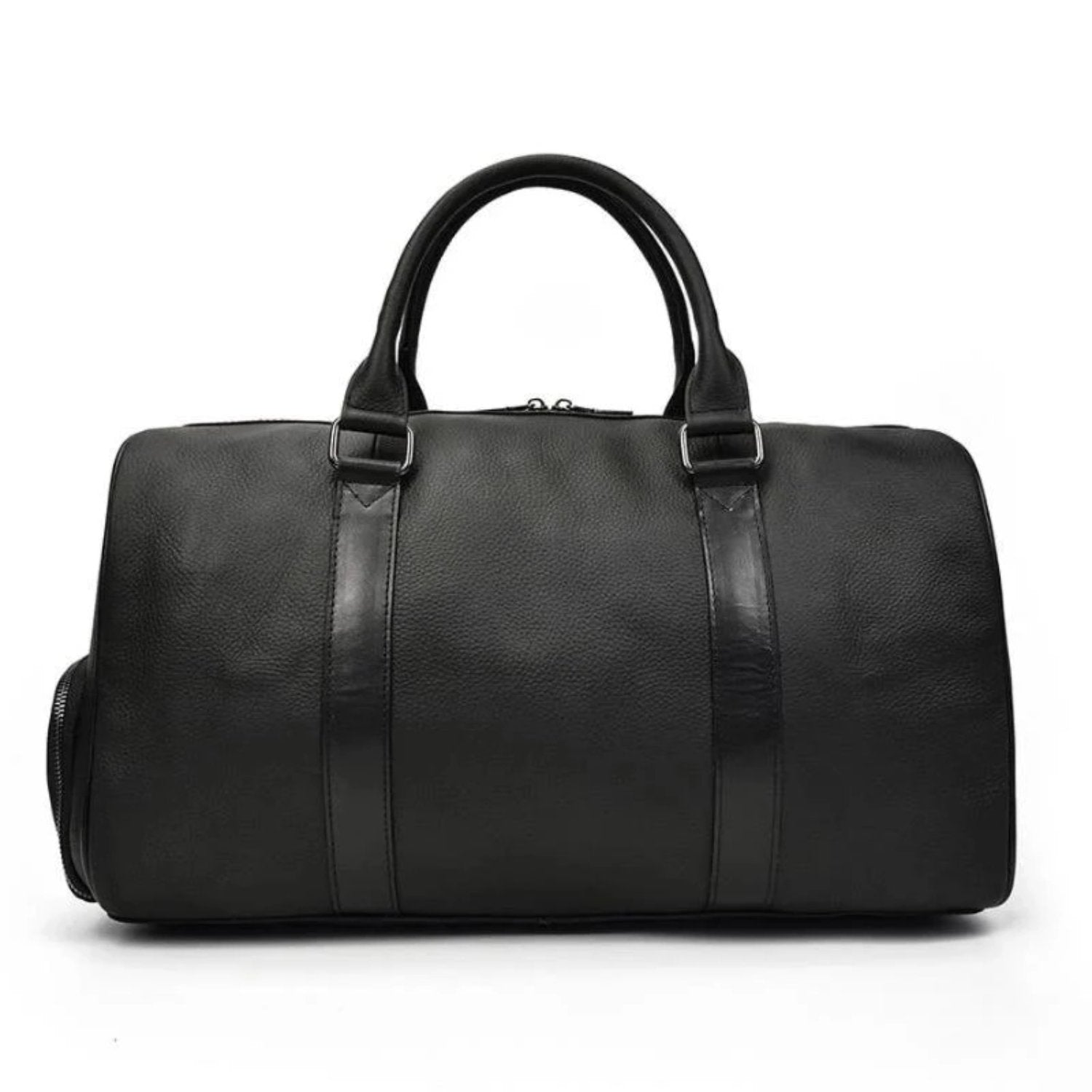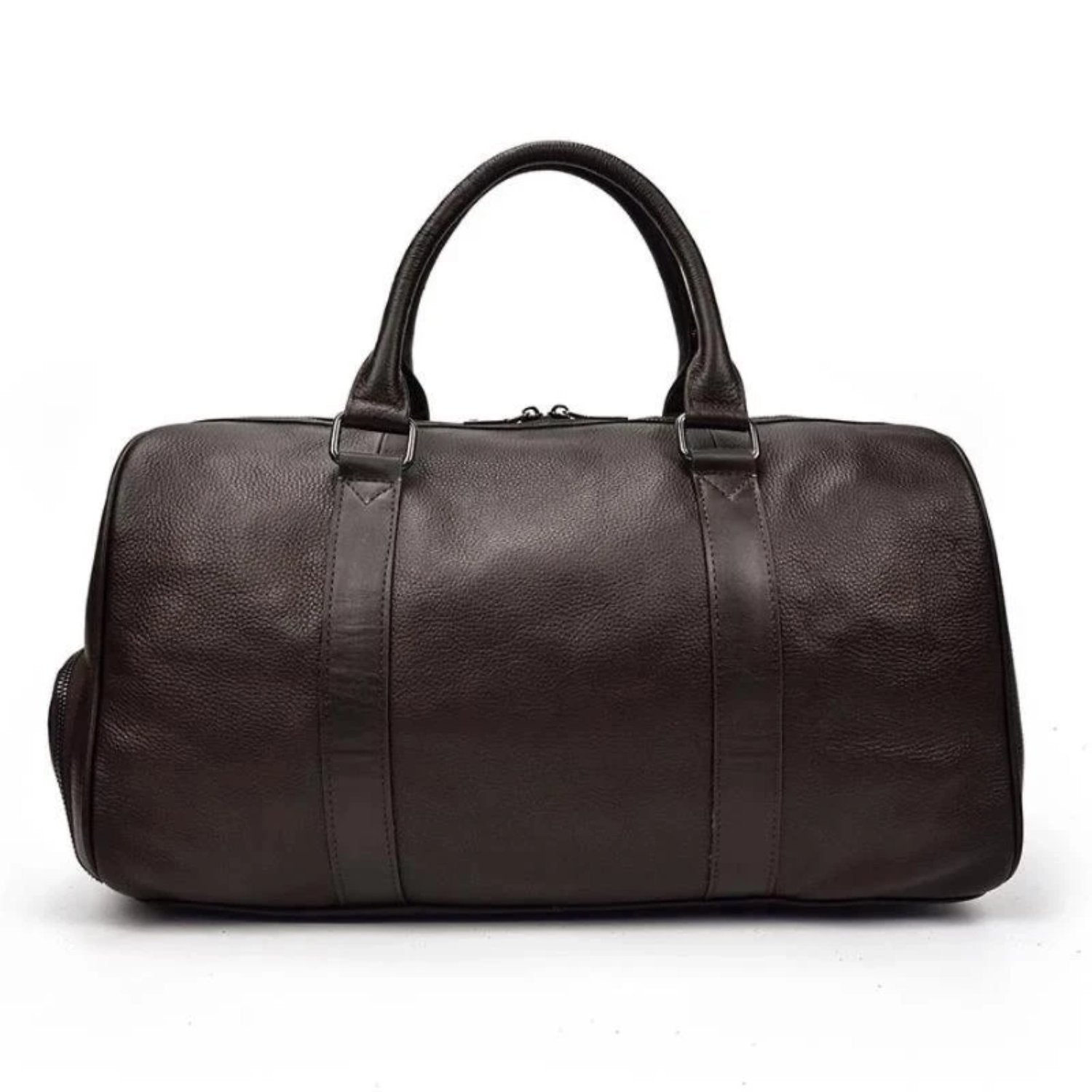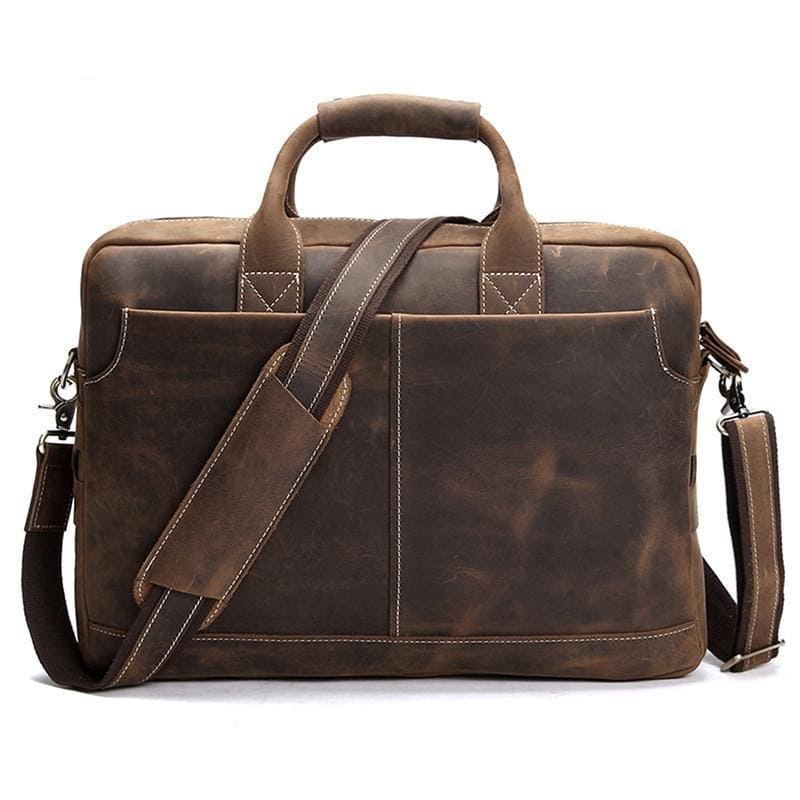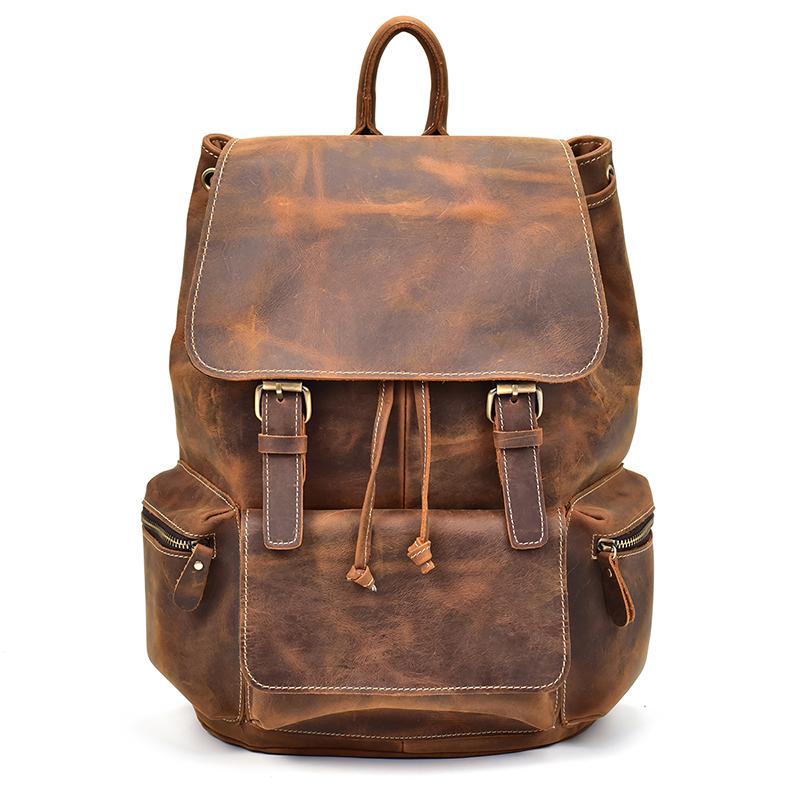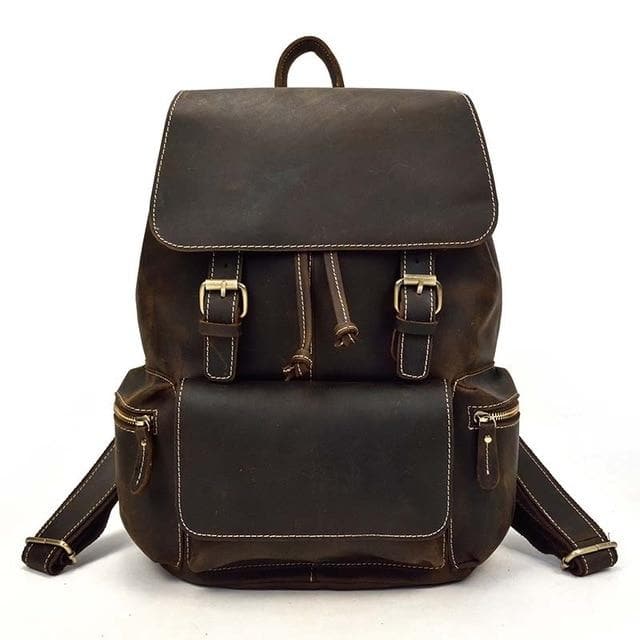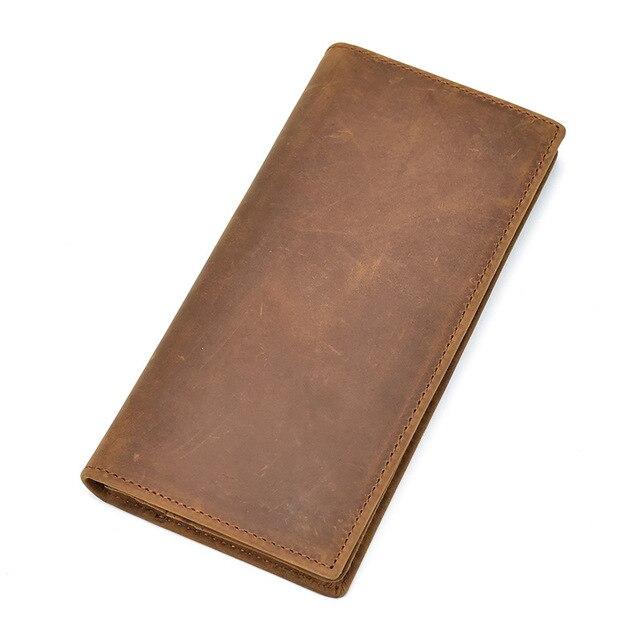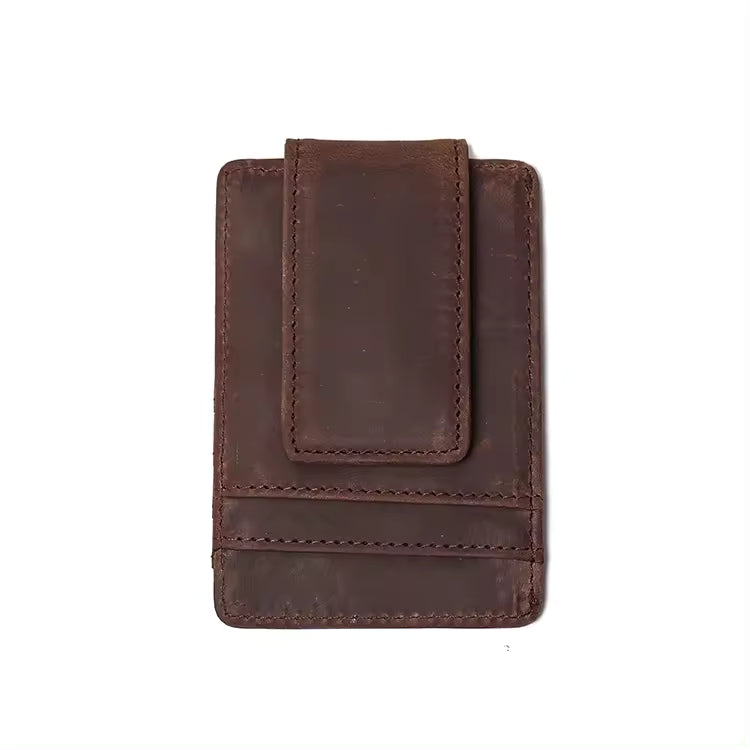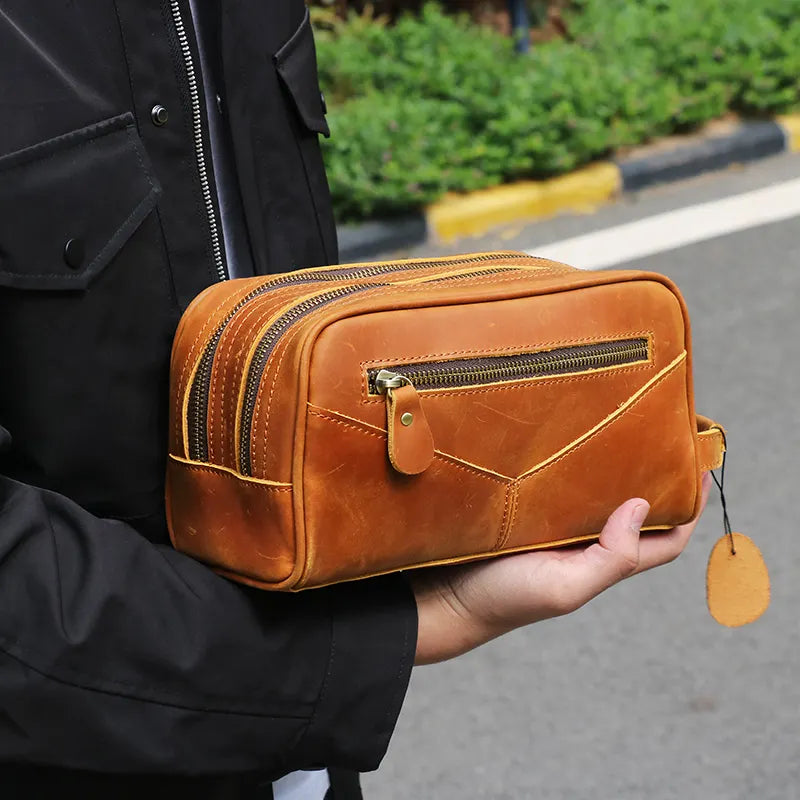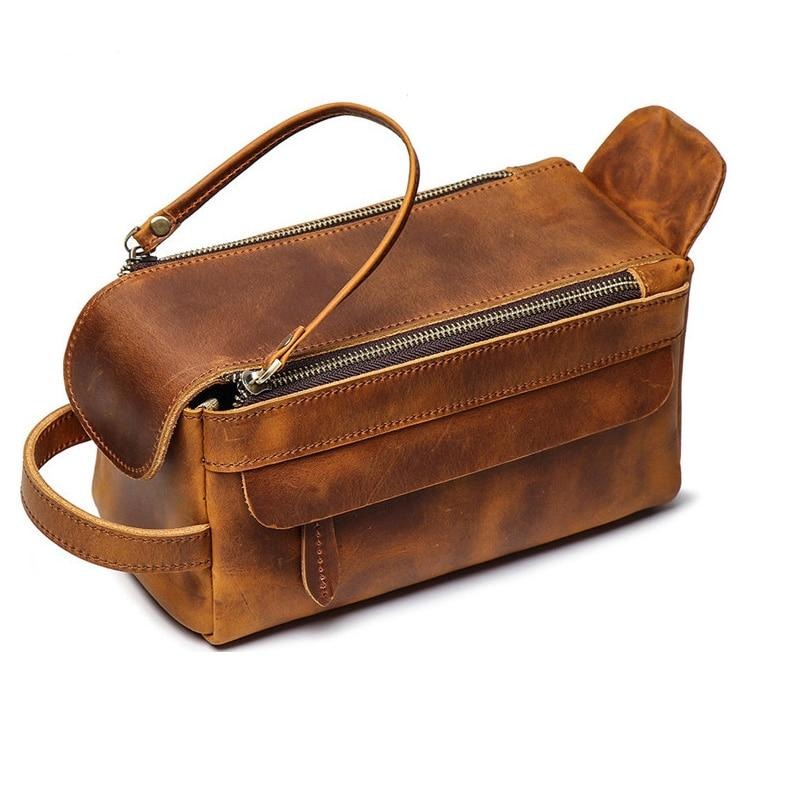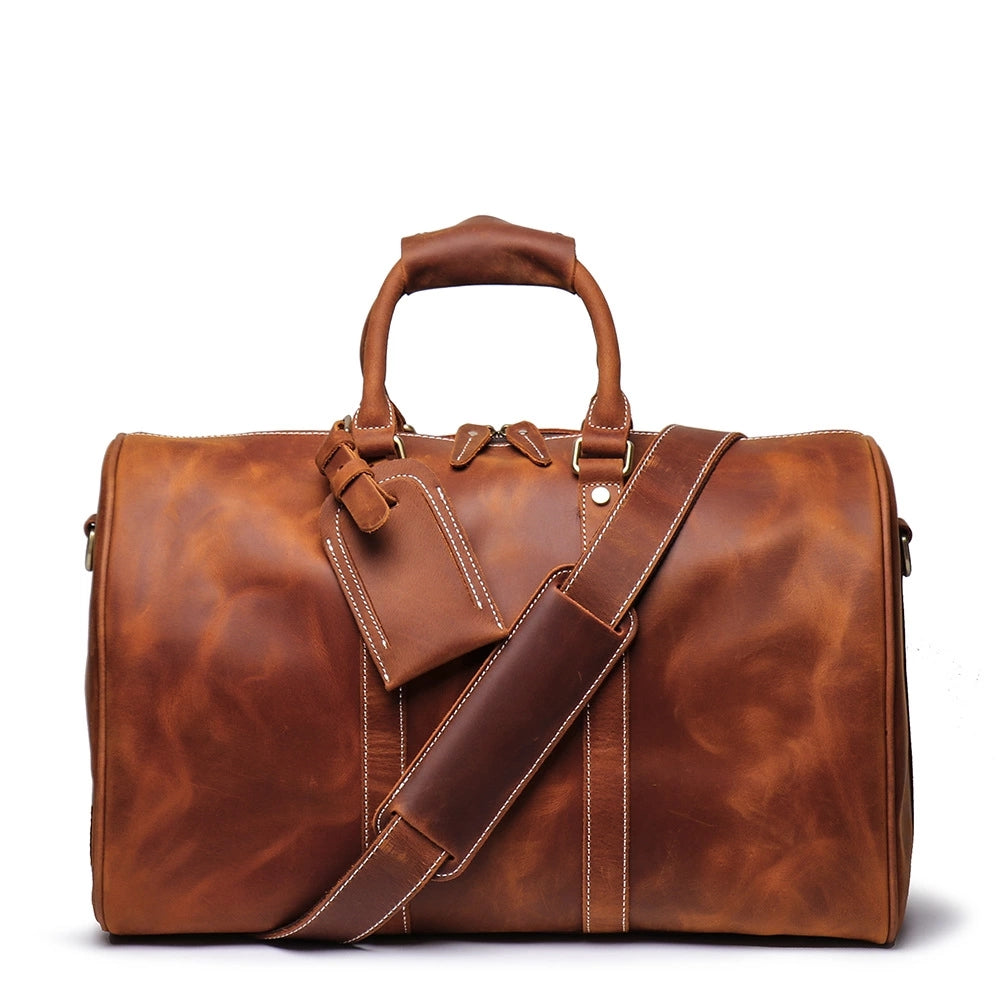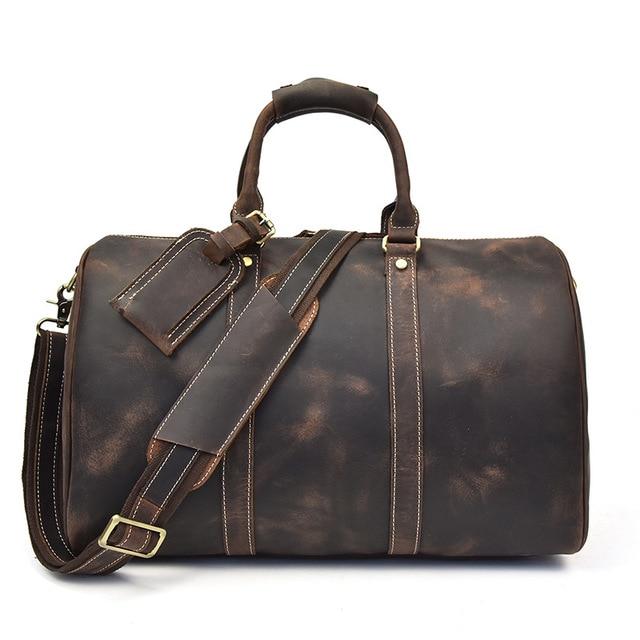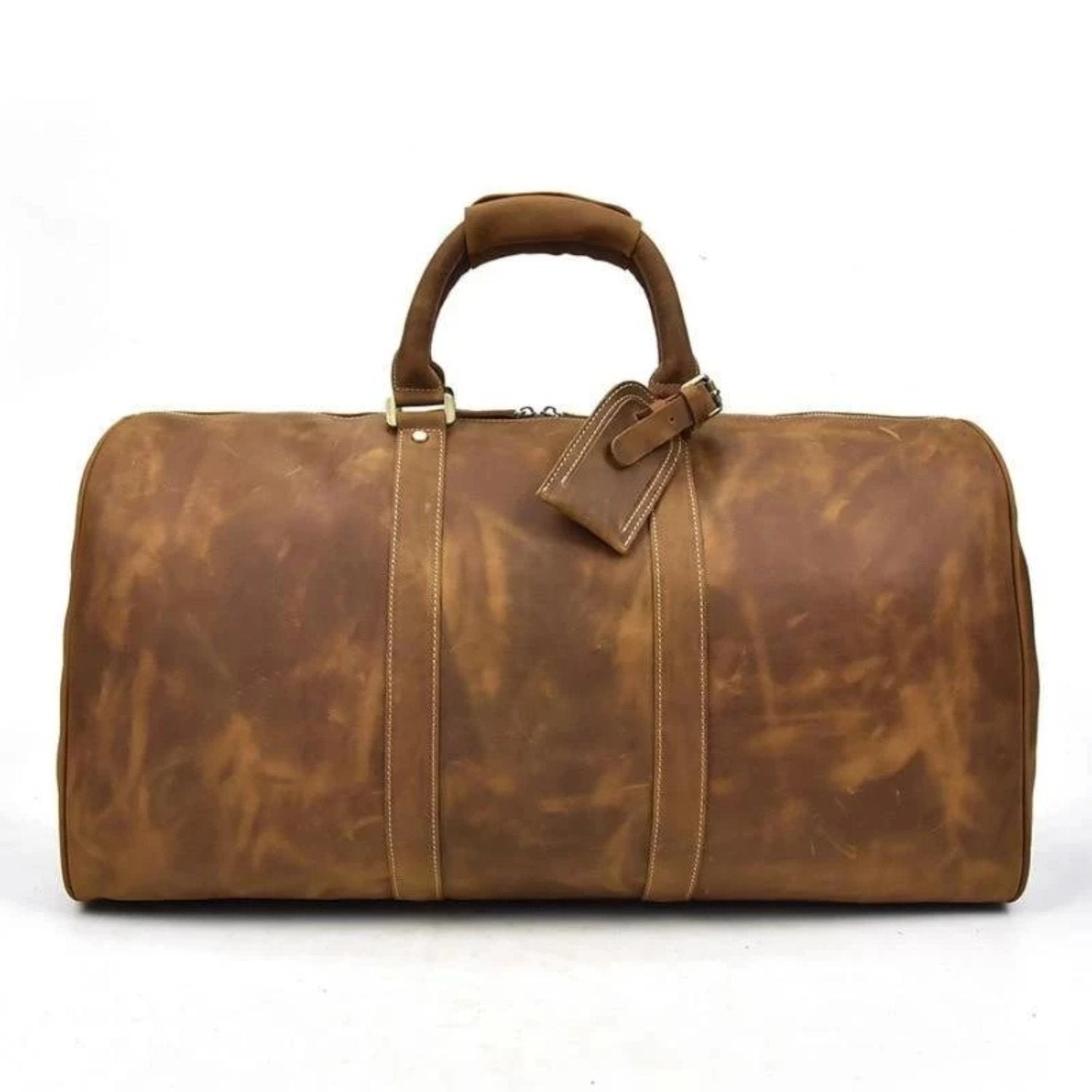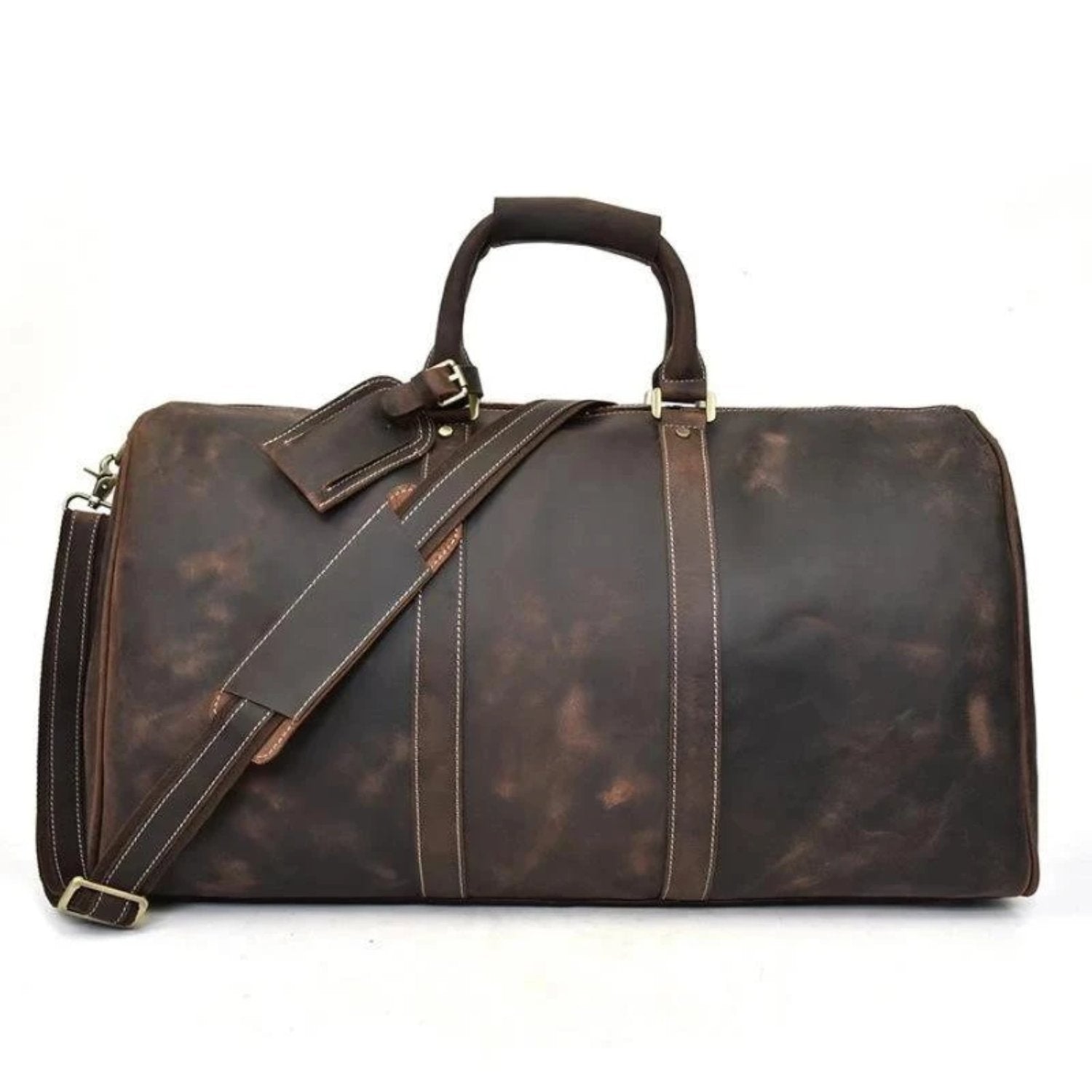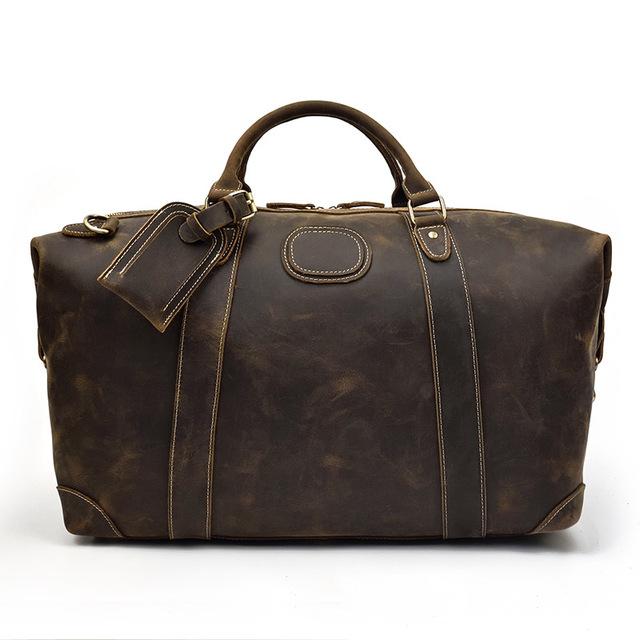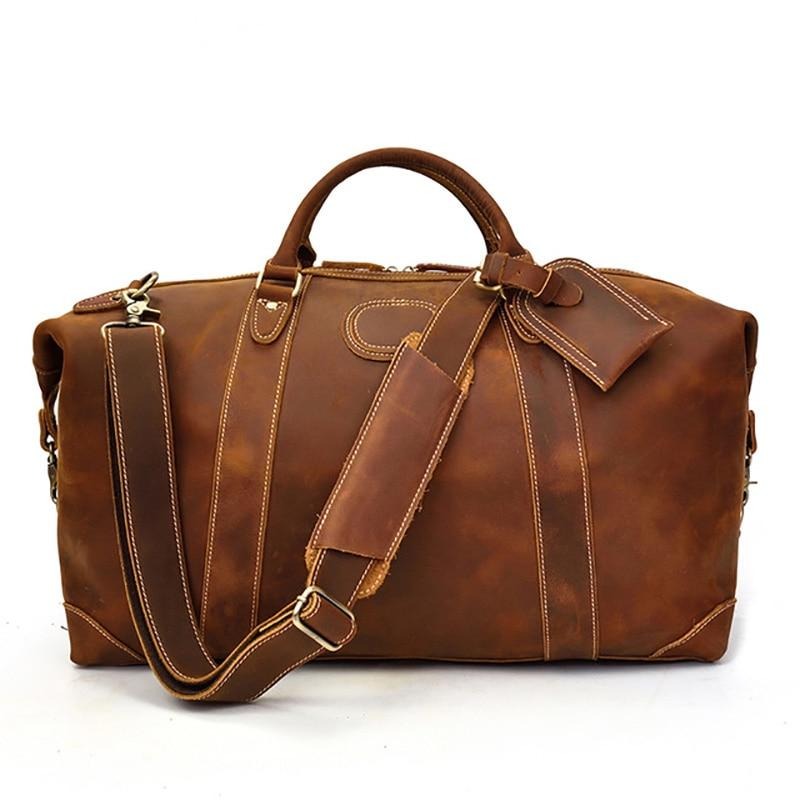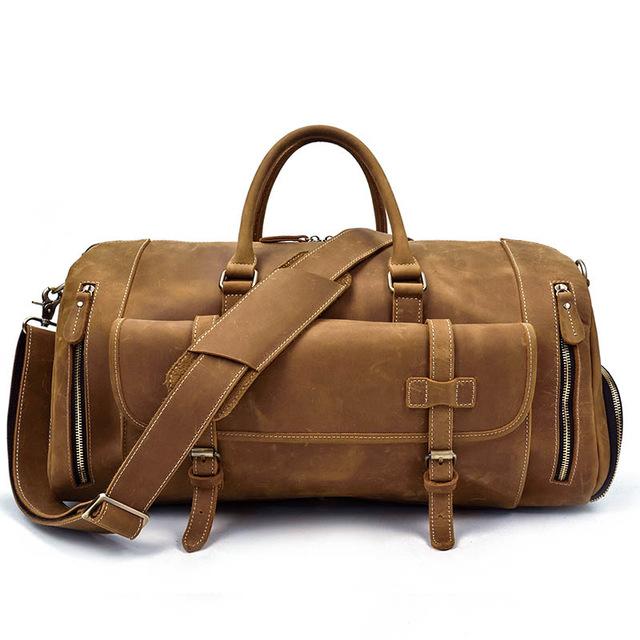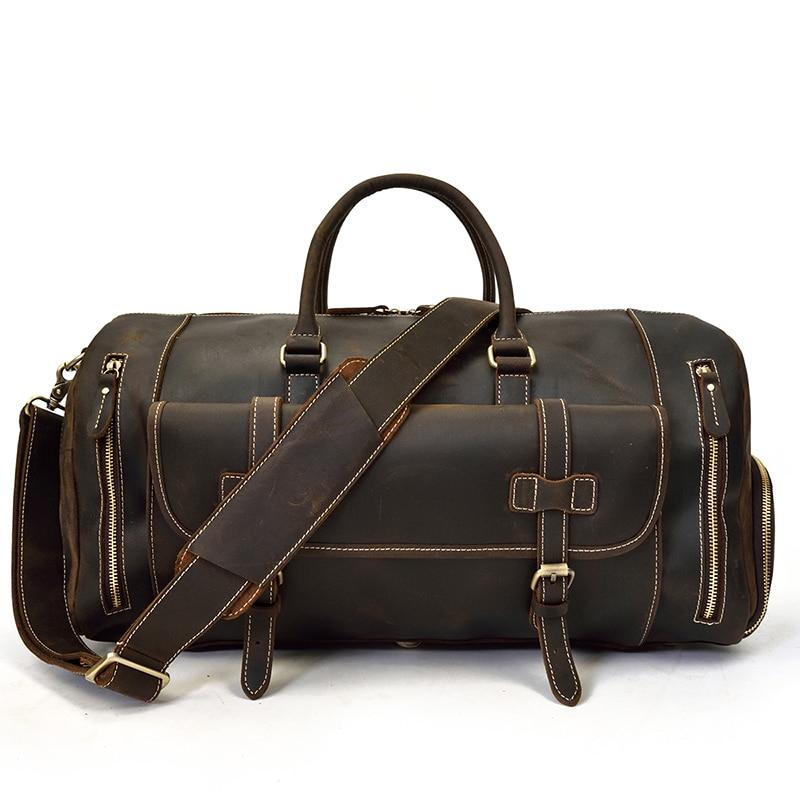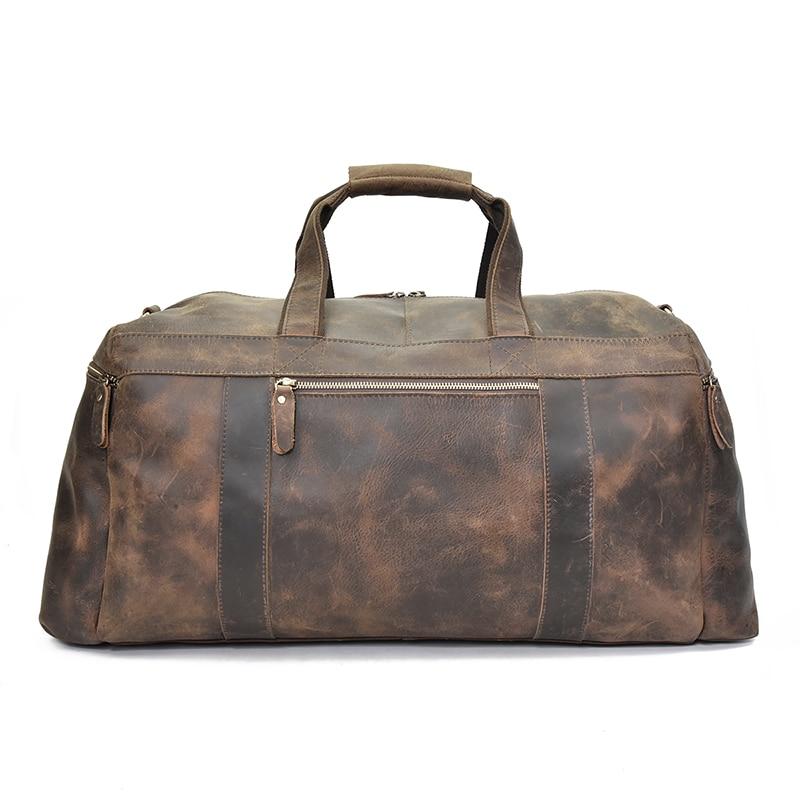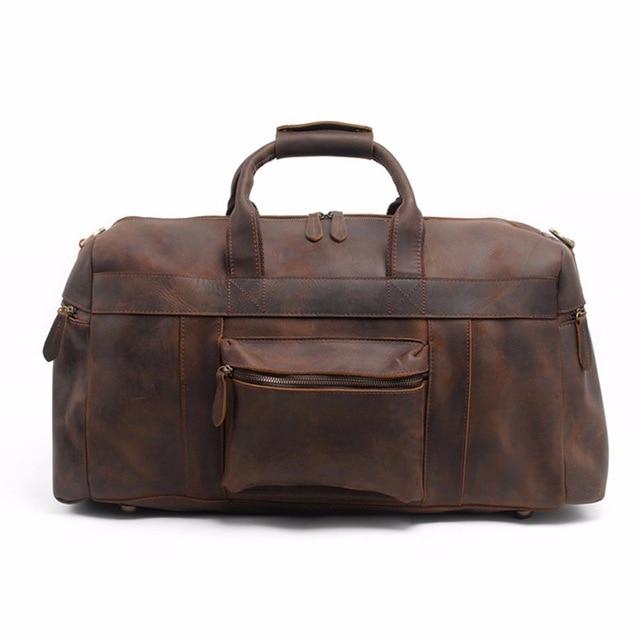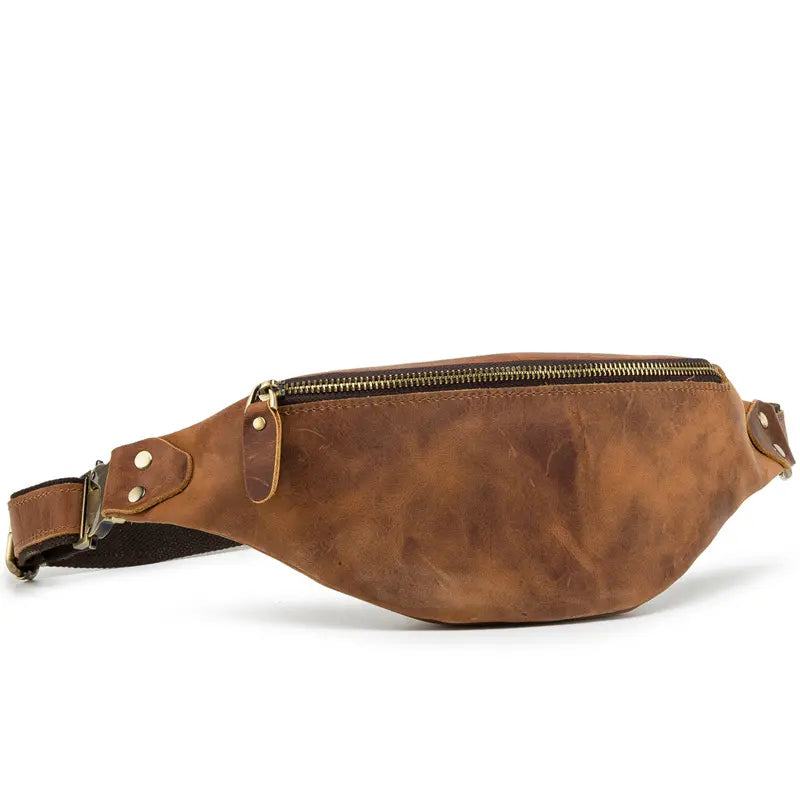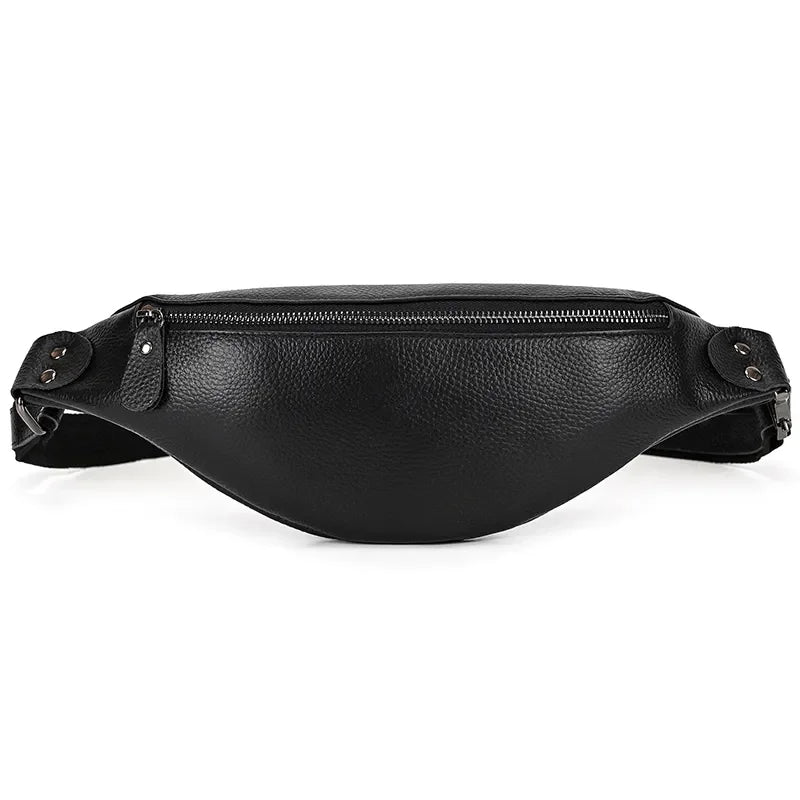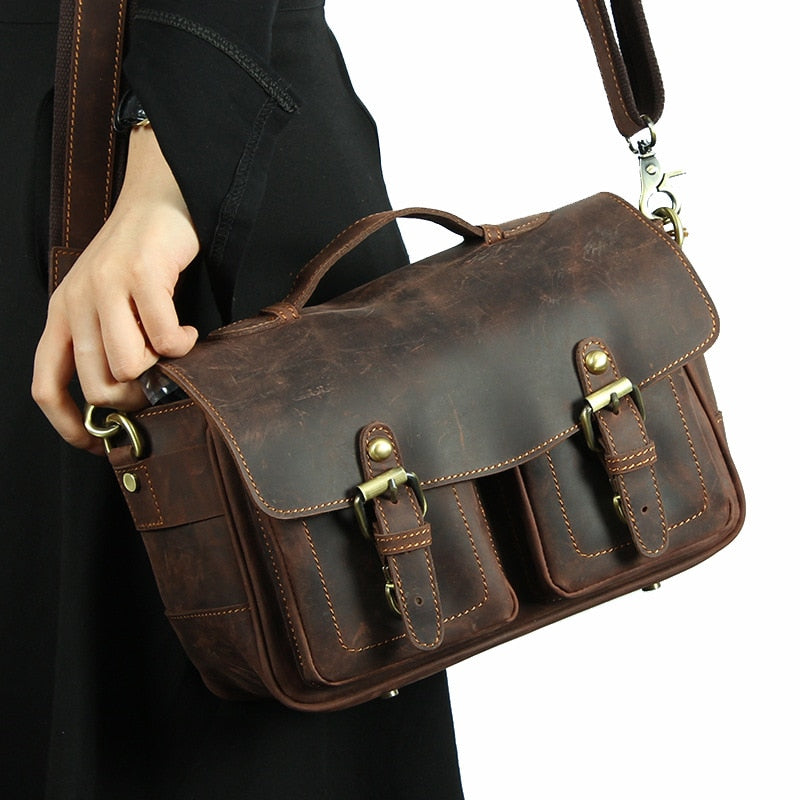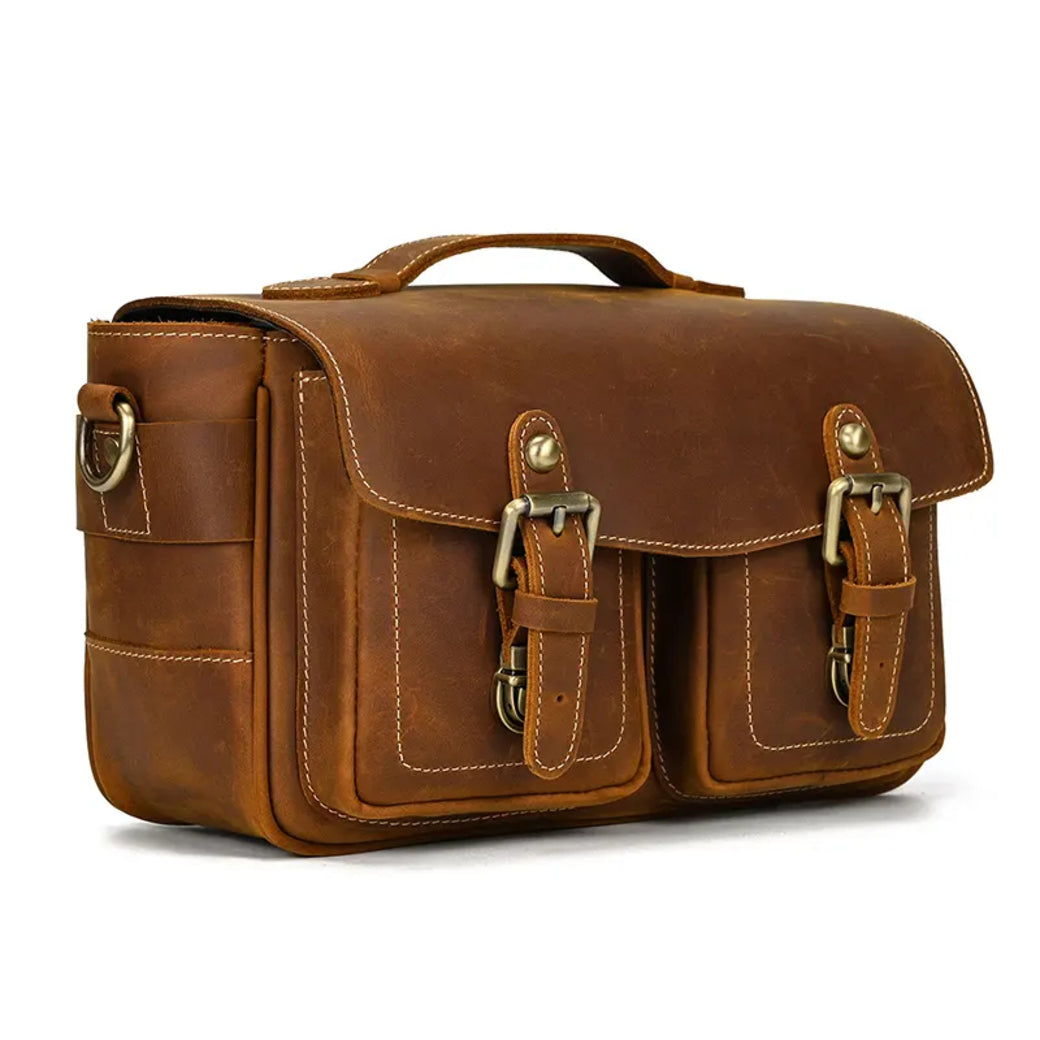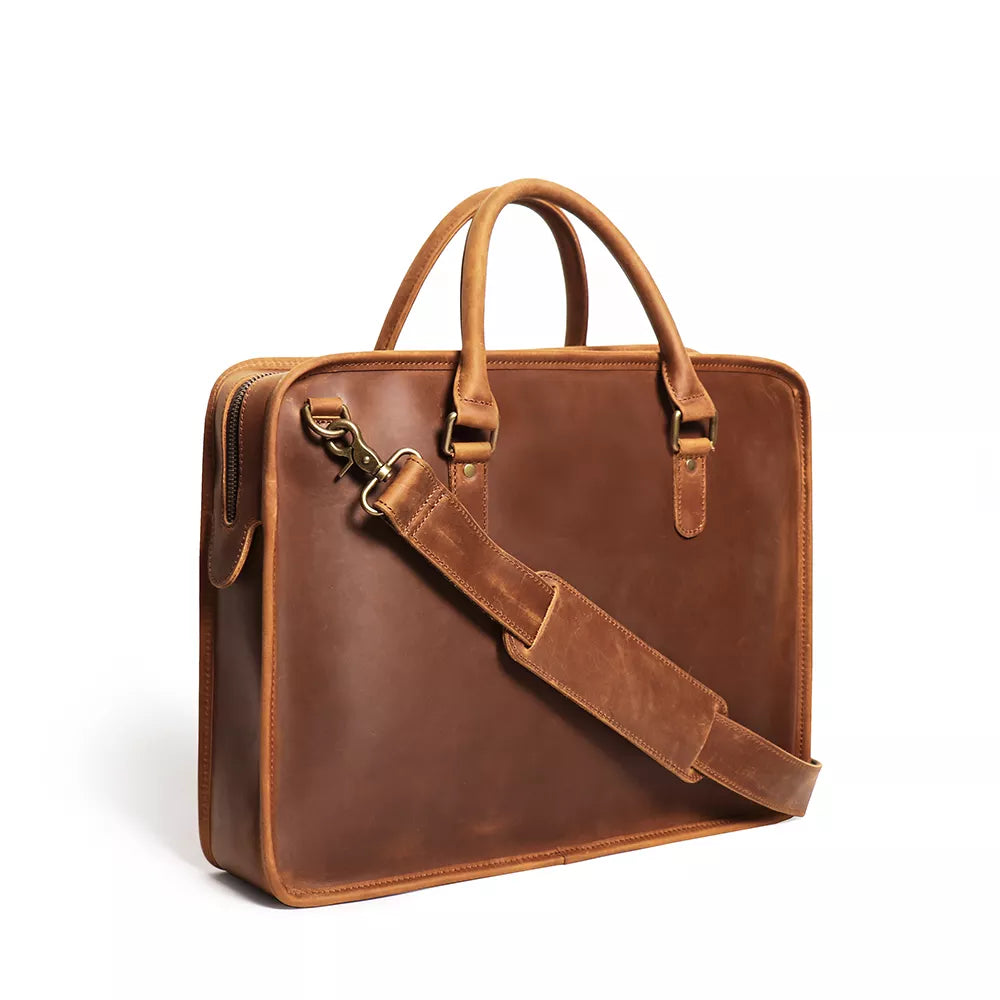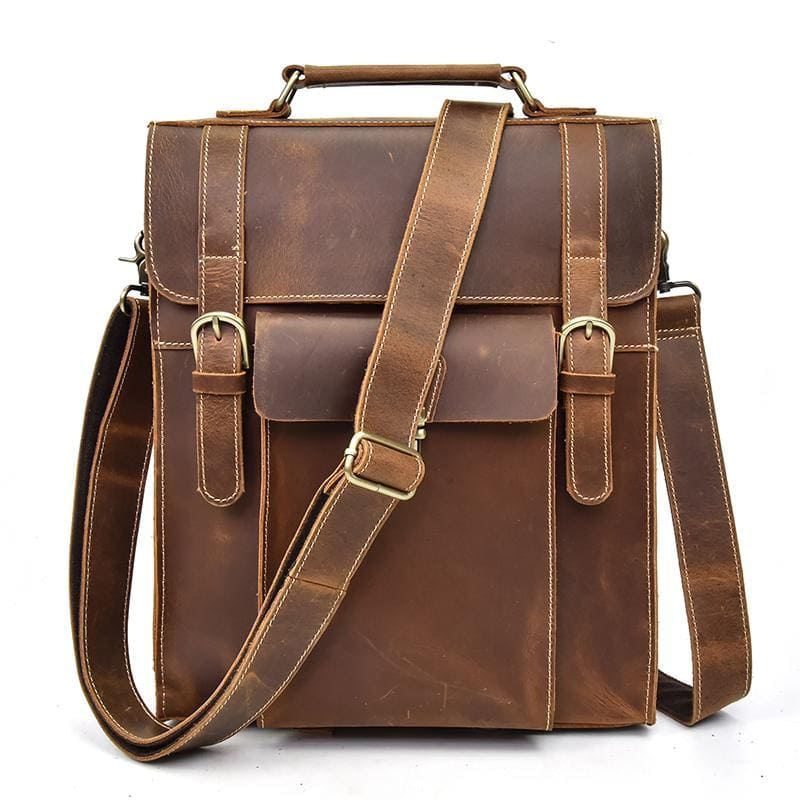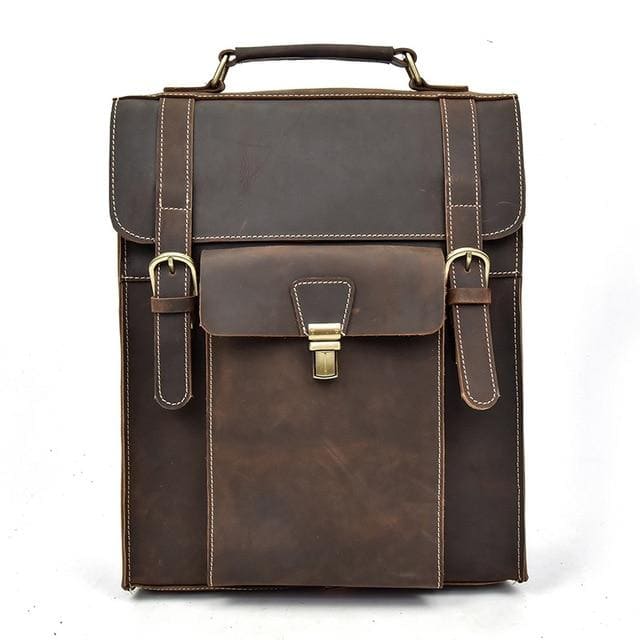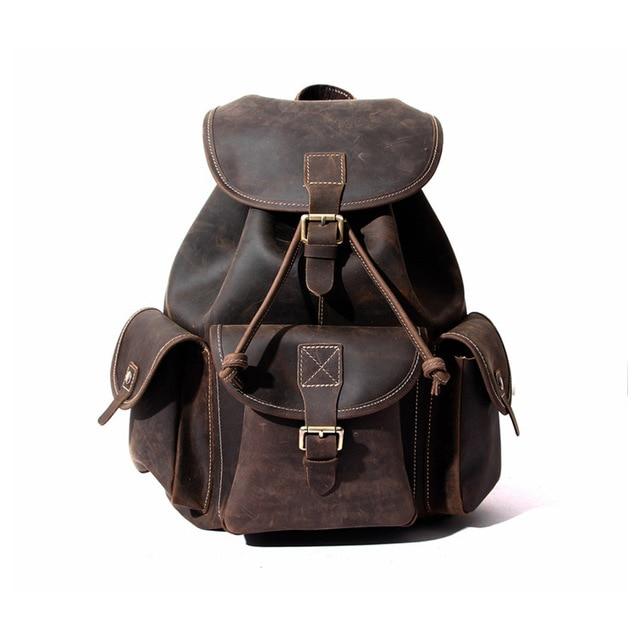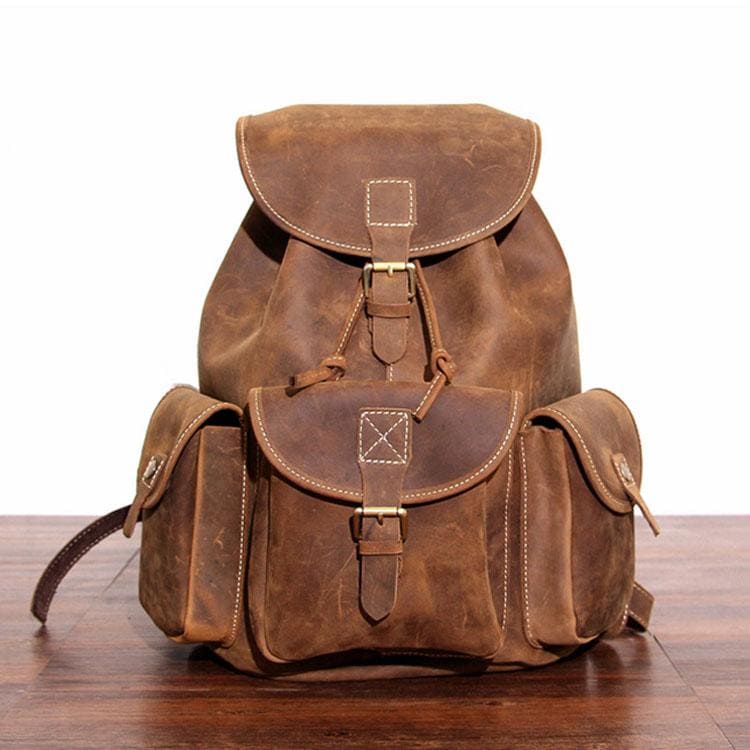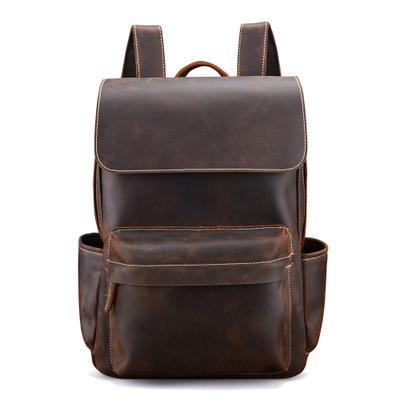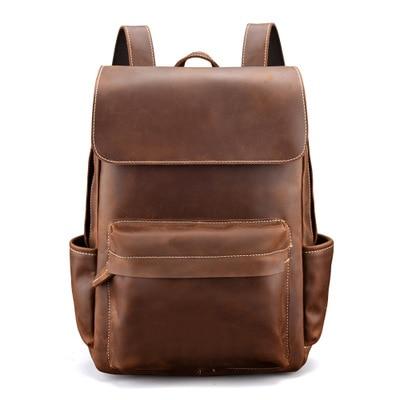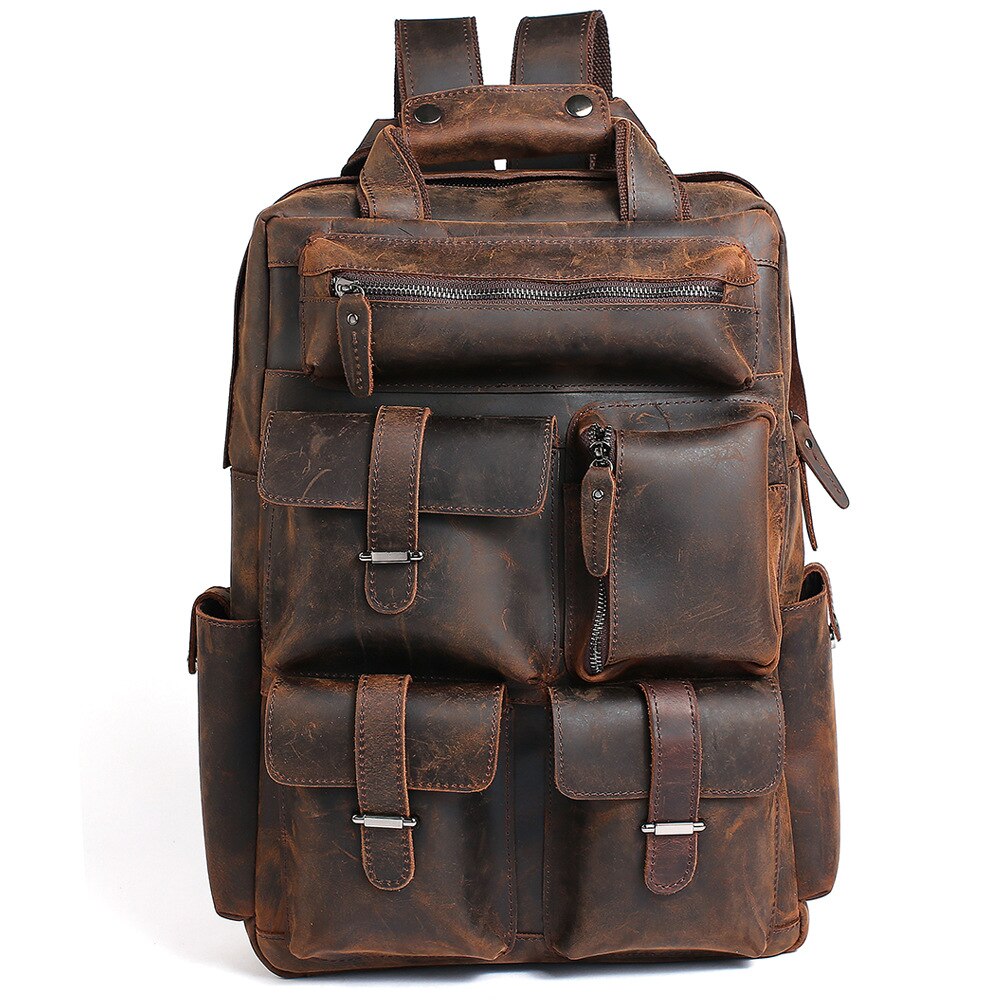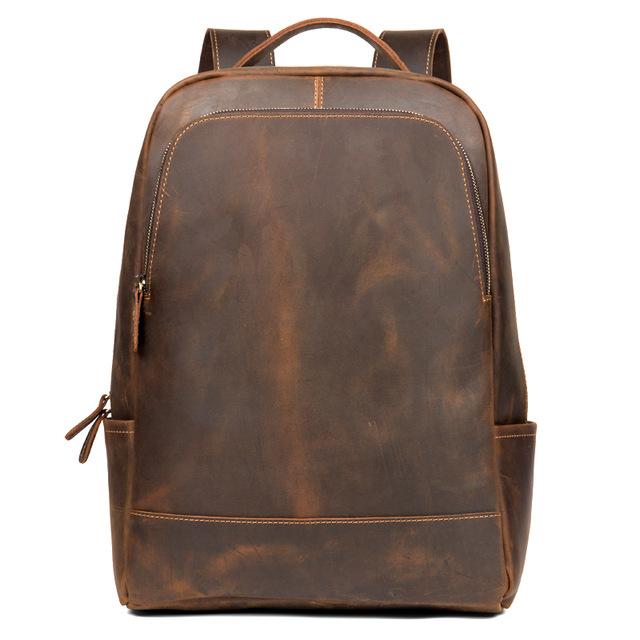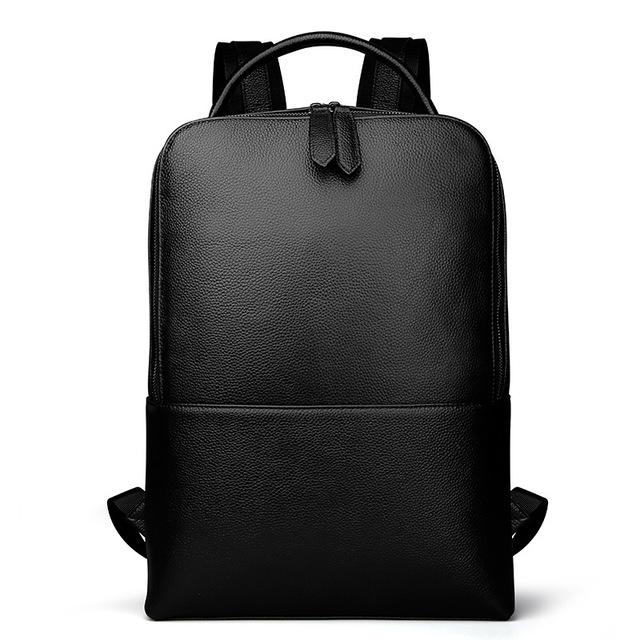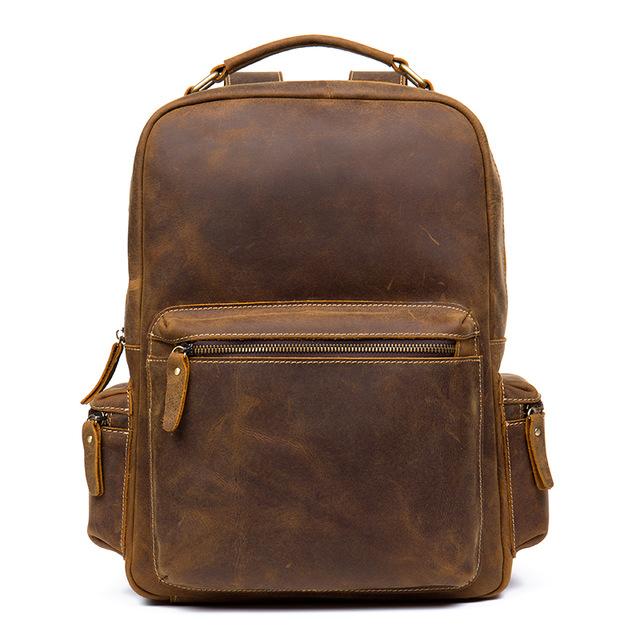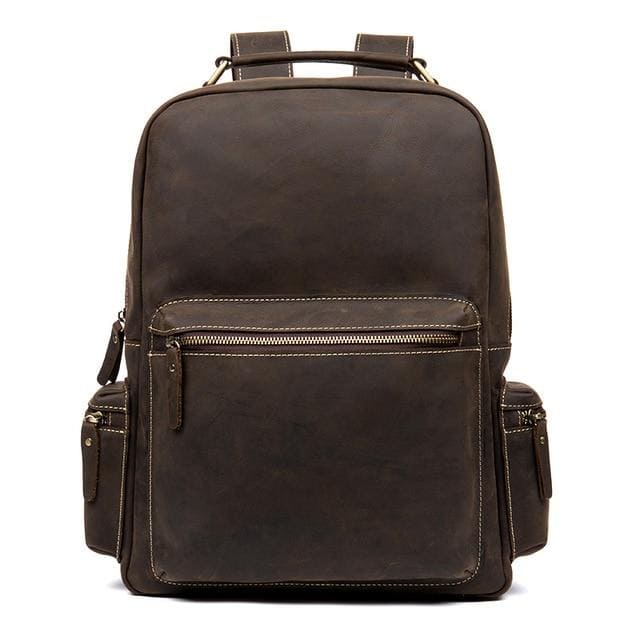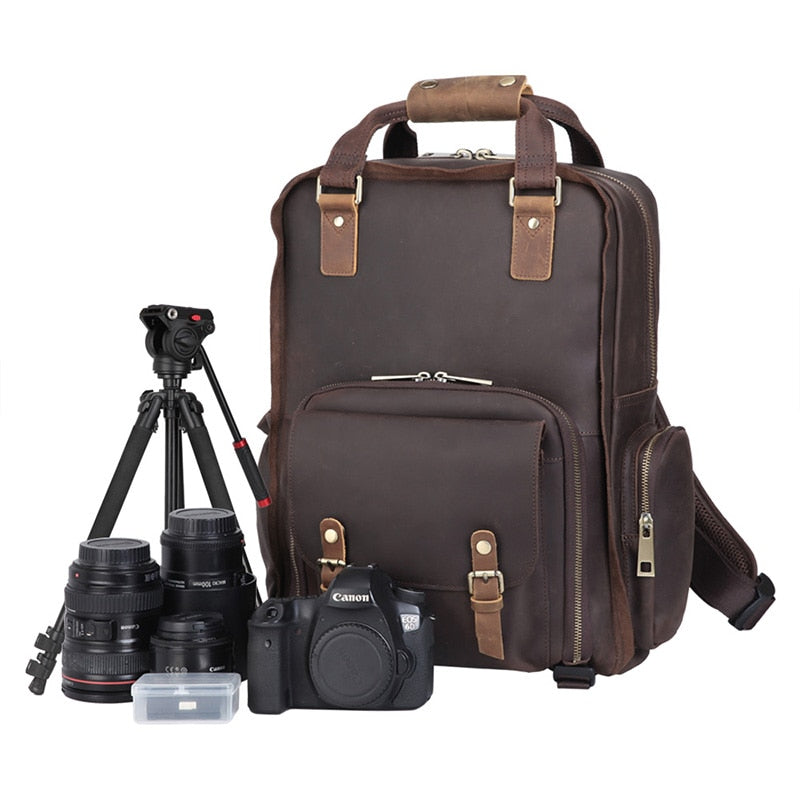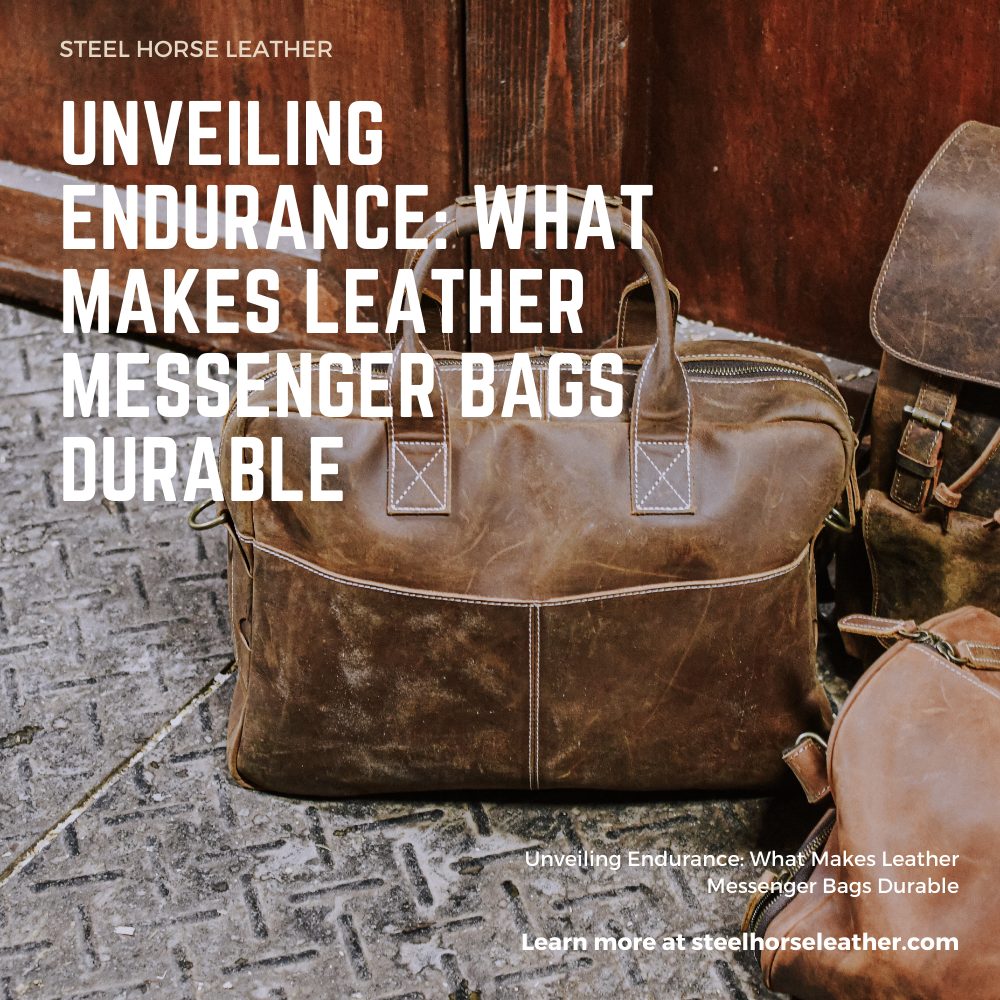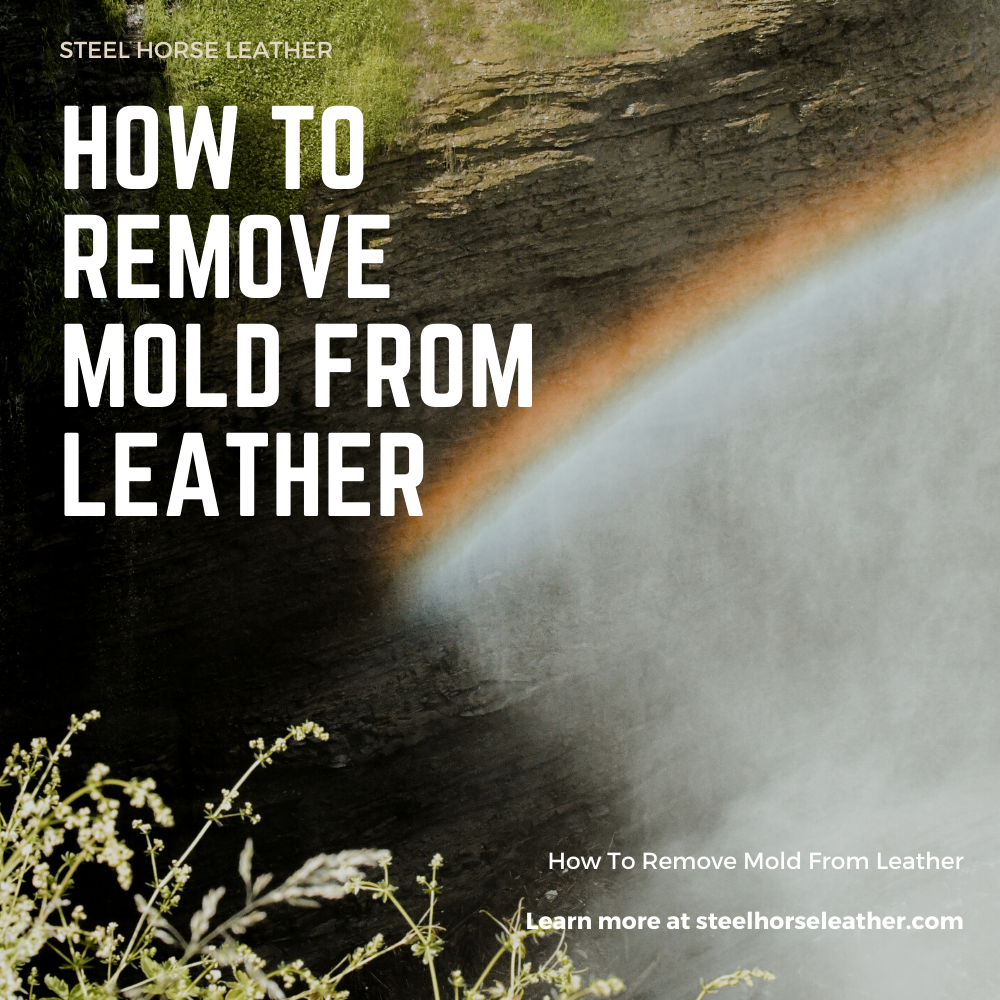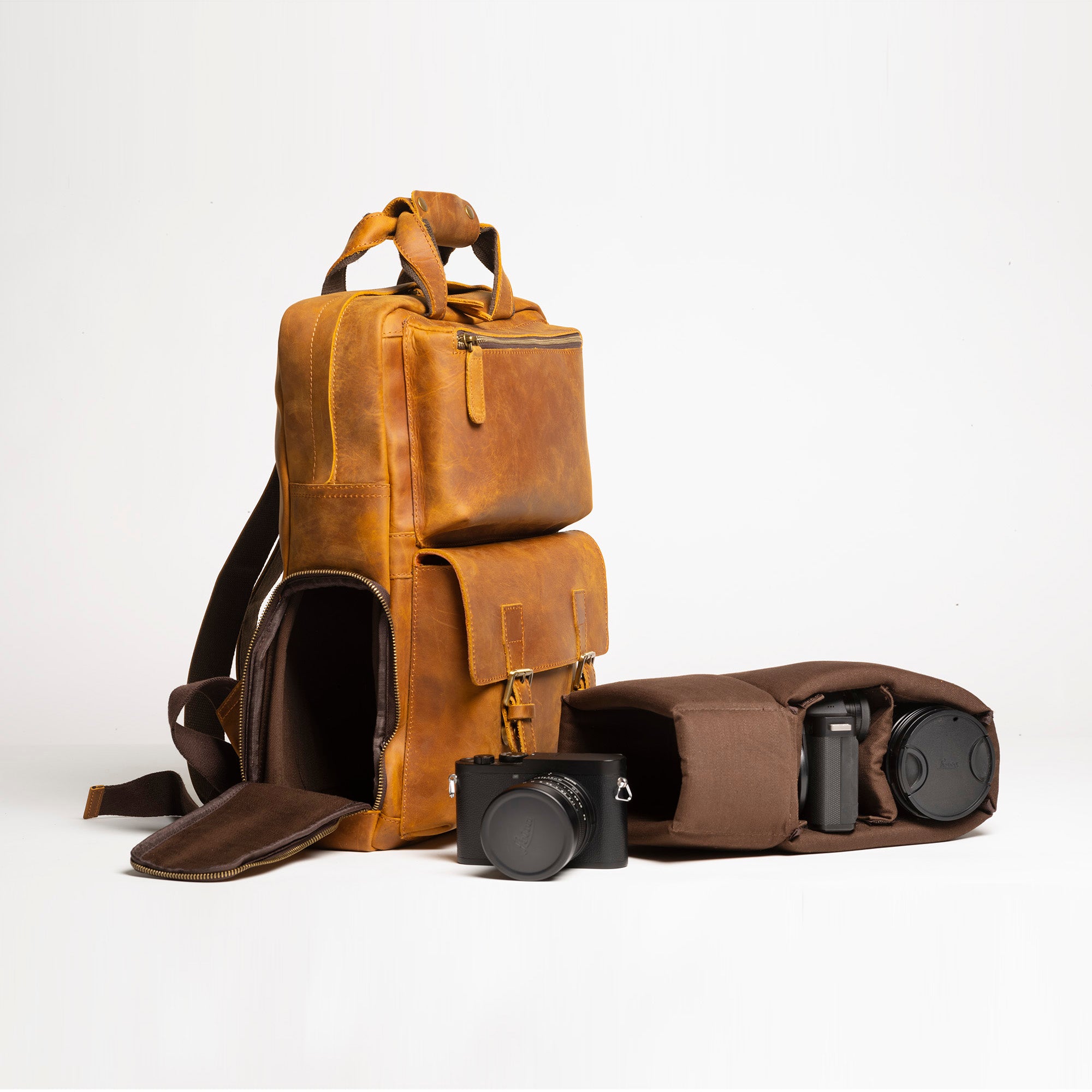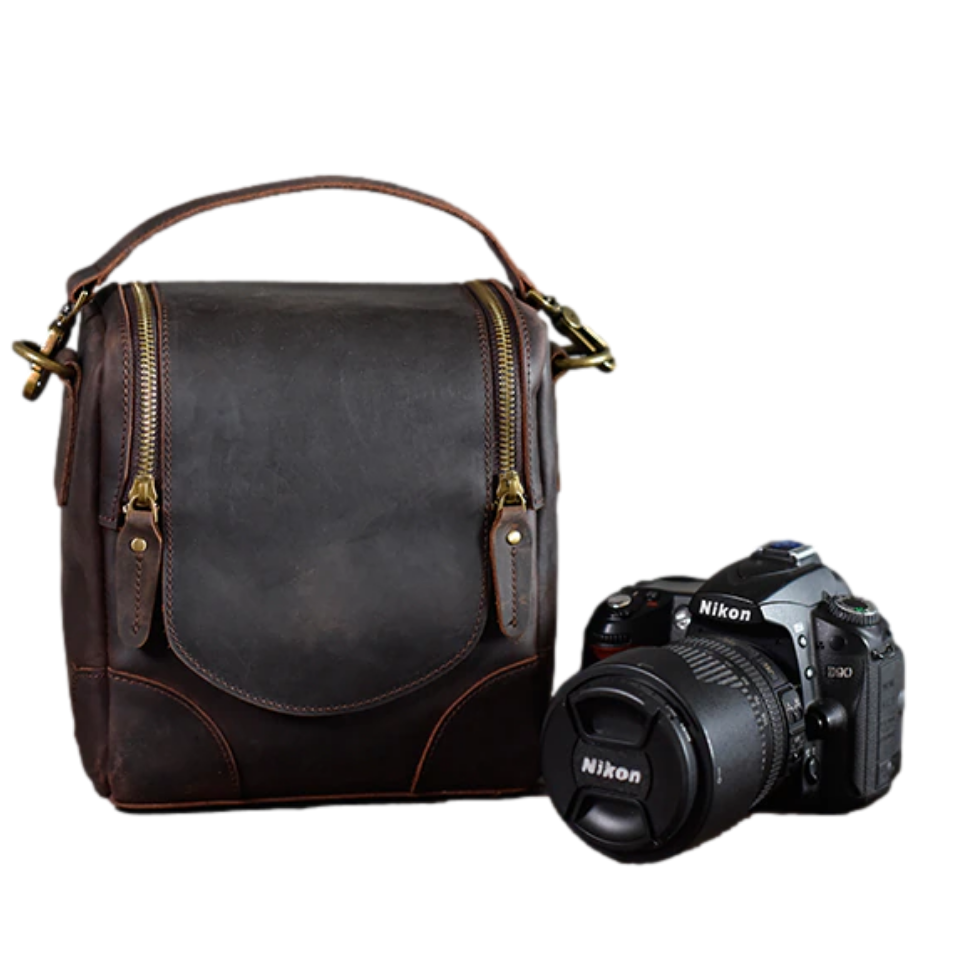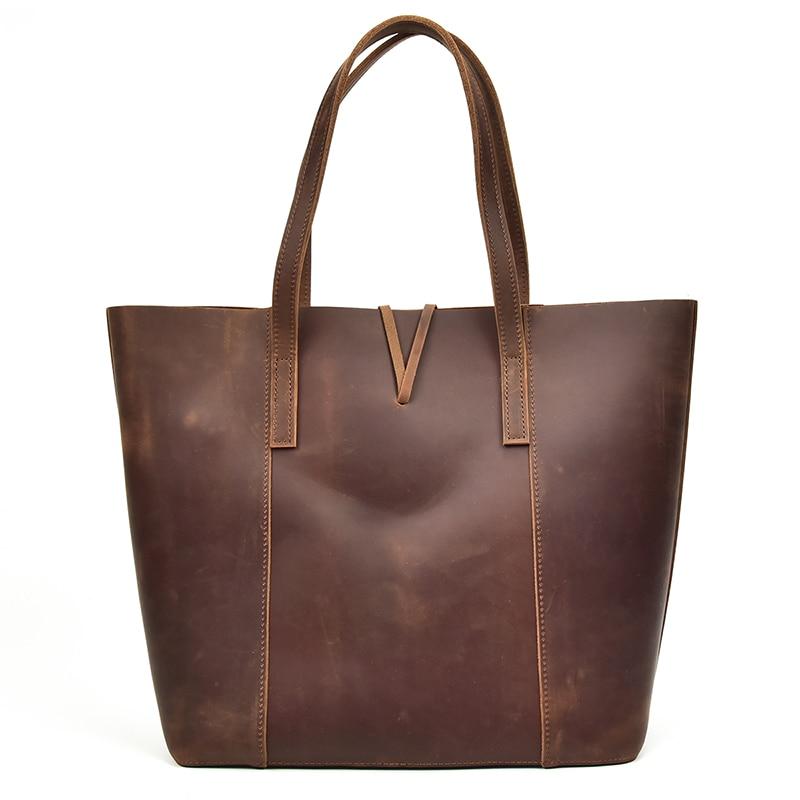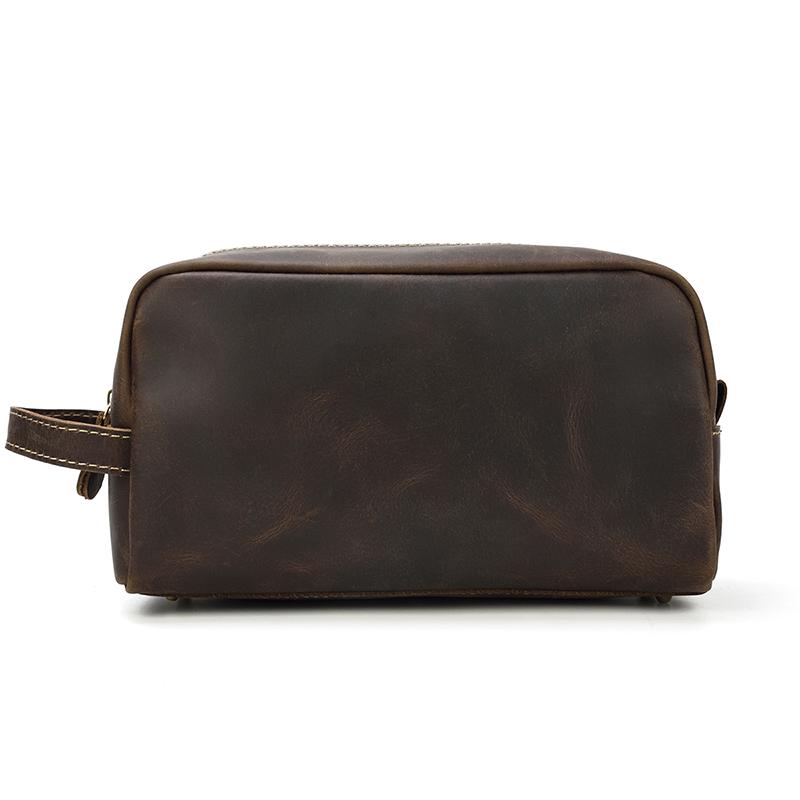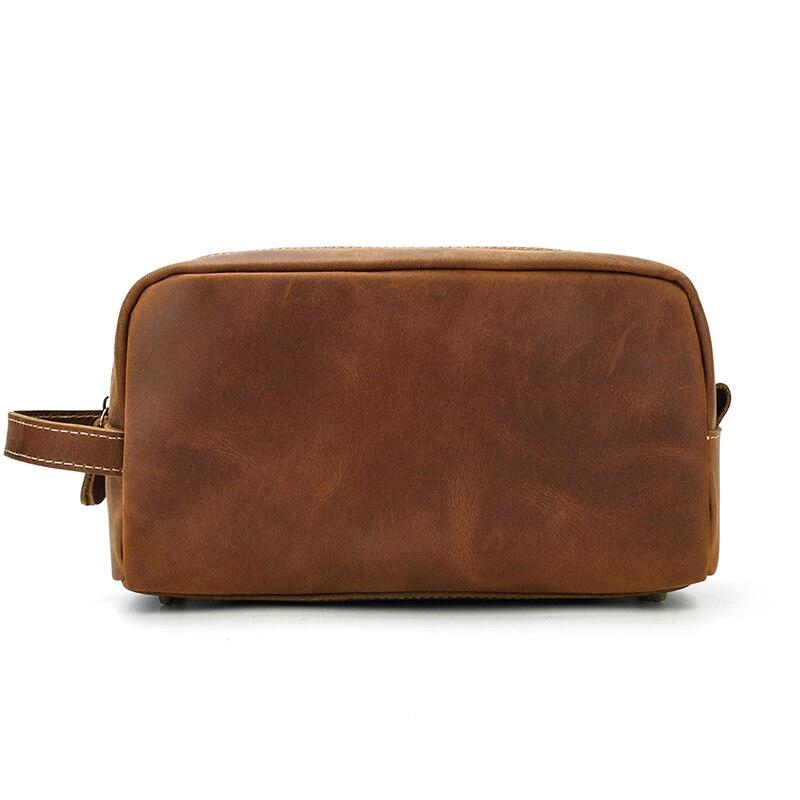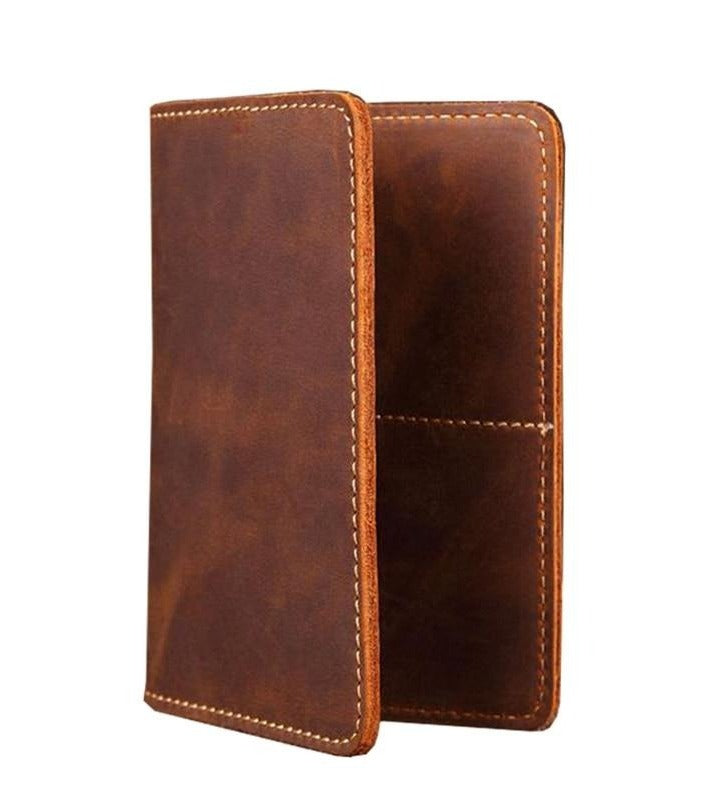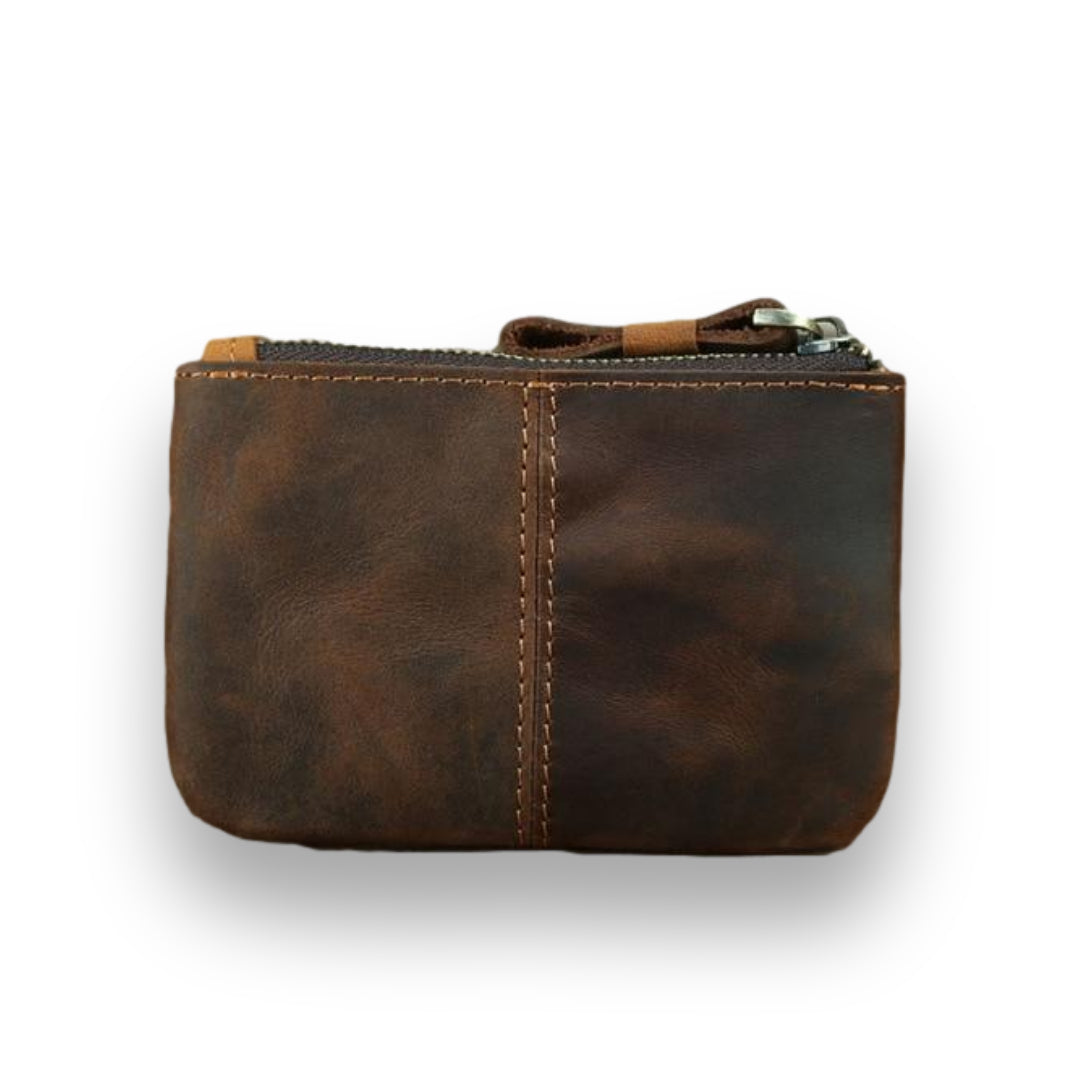The name "Napa" carries with it a rich history and a reputation for quality, whether referring to the region in California or the renowned leather that shares its name. Its origins trace back to the Native American tribes—the Wappo and Wapin—who inhabited the area long before European settlers arrived. The city of Napa, founded in 1847 and officially named Napa, California, in 1849, owes its name to an English interpretation of a local Native American word. Interestingly, early records show the name was spelled as “Nappa” before the simplified spelling became official post-statehood.
The term "Napa leather" has become synonymous with softness, flexibility, and luxury. This unique leather was developed by Emanuel Manasse, a German-born leather tanner, in the late 19th century while working in Napa, California. Known for its premium quality and refined texture, Napa leather continues to be a preferred material for high-end applications, ranging from car interiors to fashion accessories. This article explores the fascinating history of Napa, the innovation behind Napa leather, and the qualities that make it stand out.
Key Takeaways
- The name "Napa" originates from Native American tribes, particularly the Wappo and Wapin, and reflects a rich cultural and historical legacy. The city of Napa, California, was officially named in 1849 after initially being spelled "Nappa."
- Napa leather was developed in the late 19th century by Emanuel Manasse, a German leather tanner, while working in Napa, California. Known for its softness and flexibility, it became widely popular for high-end uses like gloves and car interiors.
- Napa leather is made through a unique chromium tanning process, which enhances its softness, durability, and resistance to spills and stains. It is typically dyed with water-soluble colorants, giving it vibrant colors and hypoallergenic properties.
- While leather is a general term, Napa leather specifically refers to high-quality, soft, and flexible leather, often derived from full-grain or top-grain animal hides like lamb or goat.
- Napa leather is widely used in luxury car interiors, furniture, clothing, and accessories like wallets and gloves. Its flexibility and ease of crafting make it a favorite among artisans, while its luxurious appearance and durability enhance its desirability.
History of Napa/Nappa
For us to understand more about the napa name, let us understand its history.
Its history starts with the native American tribes. They roamed and lived before settlers moved in from Europe. During those times there were two tribes. The Wappo tribe and the Wapin tribe. When the nonnatives came and mixed with the locals they tried to pronounce local words. Napa is accordingly an English way of saying a native American local word. This local word inspired the name of a city. As such the city's name is the city of Napa. It was founded in 1847 and became Napa, California, after 1849.
However, before California's statehood, city-related documents seemed to spell the location as Nappa, with two p's. However, after California's statehood, its spelling was Napa, with only one p. Conclusively, it would remain that way even during our modern times.
Who Invented Napa Leather?
He goes by the name of Emanuel Manasse. Manase was born in Germany in 1842 however he moved to the United States around 1984. He would first move to New Jersey then to Napa, California in 1871. Manasse was a son of a leather tanner in Germany. It was likely that he learned from his father about leather carrying on the family trade.
He was working as a leather tanner while in New Jersey. He was a leather tanner for the Swayer Tanning Company, founded in 1869. When he moved to Napa, California where he continued to be a leather tanner. It was around 1975, while at Napa when Manasse developed the Napa leather. The leather was soft, flexible, and very well suited for glove-making. Since the leather was developed in Napa, many went on to call it Napa leather.
The soft and flexible high-quality leather became popular even outside Napa. Because of its success, Manasse would, later on, become a partner at the Swayer Tanning Company in 1880. He would lead a very rich and successful life because of the invention. The Napa leather would go on as a very well-known term in the leather world. Many people relate to it and refer to it as soft and flexible leather. It is also great for fine leather goods. Maybe the next time you think about Napa, it will not just be about wine.
How Is Napa Leather Made?

There are three main steps in turning animal skin into leather. They prepare the animal hide, tanning the leather, and finishing the leather. In the first step, creating Nappa leather is no different from creating full-grain and top-grain leather. However, for top-grain leather, the natural grain is sanded or buffed to remove any imperfection. The difference in creating napa leather in comparison to other leather types is because of the next step.
The tanning process is different in making Nappa leather. Making Nappa leather uses the chromium tanning process. It is faster than the natural method of tanning. The process involves using chemicals that break down the animal skin and turn it into leather. Leather manufacturers use chromium or aluminum sulfate to tan the leather. These chemicals give the leather its softness. It also increases the leather's life span. This also makes the leather easier to clean since napa leather is dyed in water-soluble colorants. It is also easy to dust and it resists liquid spill better than other types of leather.
The chromium tanning process used in Napa leather production is not merely a manufacturing preference—it represents the industry standard. Approximately 90% of global leather production utilizes chromium salts, primarily chromium(III) sulfate, to achieve the superior quality characteristics that define premium leathers (Belay, 2010). This widespread adoption reflects chromium's unique ability to create stable cross-linking of collagen fibers, which significantly enhances the leather's durability and lifespan compared to other tanning methods (Kavouras et al., 2015). In fact, 32% of the total global trade in chromium compounds is dedicated to the tanning industry, underscoring its critical role in producing luxurious leather types like Napa (Puccini et al., 2013).
Napa leather is likewise beautiful and very appealing. Moreover, unlike other leather types, Nappa leather comes in different colors. Napa leather is therefore not only flexible and soft, but it is also beautiful as well. Because it is a beautiful and soft leather, napa leather is a popular choice for a car interior. More specifically it is a popular choice for luxury vehicle interiors because of its refined look and feel. Other than being soft, beautiful, and easy to clean, Nappa leather interior also has an added benefit. If you struggle with upper respiratory conditions, Nappa leather is known for being hypoallergenic. This is highly beneficial, especially inside closed spaces, like car seats or leather seats.
Is Napa Leather Real Leather?
The answer is yes. Napa leather is real leather. To be more specific it comes from either full-grain or top-grain leather. They differ only during the tanning process. Napa leather may therefore be as strong as full-grain leather if it uses the same layer of animal skin as full-grain. Regardless, it is real leather. But if it is real leather what animal does it come from? Napa leather typically comes from the skin of different animals such as calves, lambs, and kid goats. These animals usually have a more soft and flexible hide. Likewise, so does its finished product.
For additional information, Nappa leather is not "genuine leather" even if genuine leather is real leather. By definition, genuine leather comes from any layer of animal skin. The animal skin goes through treatment on its surface. The treatment will provide a more uniform and "corrected" appearance for the leather. The treatment usually involves sanding or buffing to remove any imperfections on its surface. Thereby giving the uniform look. The process also involves either dyeing, spray painting, stamping, or embossing to give the leather its final appearance.
Napa leather however often comes from full-grain leather. Being full grain leather it very high-quality premium leather. Sometimes you might find something like "Genuine Nappa Leather", which may be a little confusing. They are however merely marketing statements that refer to the leather as being Nappa leather. Which, if you remember is just a term to describe leather that is smooth, soft, and flexible.
What Is The Difference Between Leather and Nappa Leather?
There is barely a difference between the two. Leather is a general term. It refers to the material or fabric that comes from animal skin through the process of tanning. It may refer to the variety of types of leather and the different qualities of the material as well. On the other hand, Nappa leather is more of a specific term that describes a specific group of leather. Typically it describes a quality of leather that is very smooth, soft, and flexible.
Moreover, leather, in general, can have different treatments. Some may have gone through sanding or buffing. Some may have gone through natural or chromium tanning. While Nappa leather usually has a natural, high-quality, incorrect grain surface. It also likewise only goes through chromium tanning and not natural tanning.
In conclusion, there is barely a difference between the two. Leather is a general term that may refer to a variety of types and qualities. Napa leather on the other hand is a specific term that describes a particular quality of leather.
Types of Nappa Leather
Nappa leather, renowned for its softness and durability, comes in various types, each distinguished by its finish and intended use. One of the most popular variations is full-grain Nappa leather, which retains the natural grain of the hide, providing a luxurious texture and exceptional strength. This type is often used in high-end products such as handbags, wallets, and apparel due to its premium quality.
Another common type is corrected-grain Nappa leather, which undergoes additional processing to remove imperfections, resulting in a smoother and more uniform surface. While it may lack some of the natural characteristics of full-grain leather, it is still highly versatile and commonly used in furniture and automotive interiors.
Alternatively, there's also suede Nappa leather, which is made from the underside of the hide, offering a soft, brushed texture that is ideal for accessories and softer furnishings. Each type of Nappa leather has its unique charm, making it a favored choice for artisans and consumers alike in various luxury markets.
What is Napa Leather Used For?

Known for its soft, flexible, and smooth qualities, Napa leather finds numerous applications across various industries. One notable example is The Bard Weekender, a premium leather duffle bag that showcases the versatility and luxury of Napa leather. During its development, our craftsmen specifically chose high-quality crazy horse leather for its durability and character, demonstrating how Napa leather can be transformed into practical yet luxurious travel accessories.
The leather's natural properties make it ideal for items that require both durability and comfort. In The Bard Weekender's design, for instance, the thick leather handles and adjustable shoulder strap exemplify how Napa leather can be engineered to provide maximum comfort while maintaining its structural integrity. The bag's dimensions of 19.5" x 9.00" x 8.50" showcase the leather's ability to maintain its shape while offering flexibility for daily use.
Beyond travel accessories, Napa leather is popular in automotive upholstery, particularly for luxury vehicle interiors, where its "buttery soft" texture creates an optimal seating surface. Its applications extend to furniture upholstery, clothing, wallets, gloves, handbags, and shoes. The material's versatility is evident in how it can be adapted for both delicate accessories and heavy-duty items such as holsters or utility belts.
Leather Working with Napa Leather
Leatherworking or the process of making leather is slightly different from one leather to another. For example, we have full-grain leather. Full-grain leather is high-quality leather however it is tough and therefore hard to work with. Manufacturing costs also add to its price which is why it is expensive. Napa leather on the other hand is a very desirable leather to work with. It is easy to work and style because it is soft and flexible. Many also appreciate its uncorrected imperfect surface.
Napa leather is great for handcraft leatherworking. Because of its softness, the material feels very good in the hand. This makes the leather nice to work with. Furthermore, napa leather is generally easy to cut and sew. Making the leatherworking process smoother and less of a burden for the artisan. It is also easier to shape and form because it is flexible. Napa is likewise easy to work in smaller applications such as shoe accents, cardholders, and small wallets.
Napa leather not only feels good during leatherworking, but you can appreciate its qualities through its finished product. You can experience its softness with everyday use like when you are grabbing a wallet or putting on Napa gloves. You can recognize the quality and benefits of the material more every time you use it.
Our work with The Welch Briefcase has demonstrated the practical advantages of working with high-quality leather. The briefcase's design, featuring multiple compartments and an ergonomic shoulder strap, showcases how Napa leather can be expertly crafted to combine functionality with elegance. The material's natural flexibility allowed us to create features like the leather-lined comfortable grab handle while maintaining structural integrity for laptop protection.
Quality of Napa Leather

The quality of napa leather is very high. It typically comes from full-grain leather. It is uncorrected and/or nonsplit leather and therefore contains strong fibers. This type of leather usually comes from lamb, goat kid, or sheepskin. The skins coming from these animals are already typically soft. The animal skins have not been modified apart from removing all their hair or wool. This gives the leather an authentic look because it keeps the texture and markings of the original animal skin. Other than being soft and flexible this leather is also strong and durable since it comes from full-grain leather.
The Appearance of Napa Leather
Napa leather is beautiful, like most real leather. And since it usually comes from full-grain leather it also has the natural characteristics of the animal skin visible. Most leather that comes from full-grain or the outermost layer has many imperfections. Scars and blemishes are often visible on the leather even after processing the skin. Napa leather is however sensitive to dirt and sunlight because its pores are not sealed. Excessive sunlight might cause the leather to bleach.
Napa leather may also look slightly pigmented because it is dyed with water-soluble colorants. This makes the leather more vulnerable to light and abrasion. Slightly pigmented leather however appears to be more even and smoother. Not all Nappa leathers are slightly pigmented. Only those that are dyed with water-soluble colorants.
Advantages of Napa Leather
There are quite a few advantages that napa leather can give. The first is that it is strong yet soft and flexible. It is also very stylish and elegant making it popular for automotive seats and other furniture. Napa leather is likewise durable like most high-quality leather.
Advantages of Napa Leather to clean in comparison to other fabrics. Dust can easily be wiped off the leather. Similarly, napa leather does not absorb water or any other liquid quickly. You can therefore clean the spill just by immediately wiping the surface. And lastly, Nappa leather is also hypoallergenic. Perfect for those who have respiratory system problems.
Disadvantages of Napa Leather
No leather is perfect, even Nappa leather. Since it comes from full-grain leather it can be expensive. It is also extremely sensitive to dirt. Likewise, it is sensitive to sunlight. Bleaching will likely occur if you expose the leather to the sun for too long. Nappa leather is a soft and porous material, it is vulnerable to irreversible damage. Without proper care, the leather might experience discolorations and permanent stains. This leather is also hard to repair. Any rips or tears will be costly.
How to Check Nappa Leather for Authenticity
| 👋 | Take note of the texture; genuine Nappa leather is renowned for its soft, supple feel, often described as buttery smooth. |
|---|---|
| 🔍 | Check for imperfections—authentic Nappa may exhibit natural scars or variations, showcasing its true leather origins. |
| 👃 | A simple test involves smelling the material; real leather has a distinct, rich scent, whereas synthetic alternatives often lack this characteristic aroma. |
| 🪡 | Examine the stitching and craftsmanship; genuine Nappa leather products are generally well-made, featuring consistent and tight stitching. |
When it comes to determining the authenticity of Nappa leather, there are several key factors to consider. First and foremost, take note of the texture; genuine Nappa leather is renowned for its soft, supple feel, often described as buttery smooth. Additionally, check for imperfections—authentic Nappa may exhibit natural scars or variations, showcasing its true leather origins.
A simple test involves smelling the material; real leather has a distinct, rich scent, whereas synthetic alternatives often lack this characteristic aroma. Lastly, examine the stitching and craftsmanship; genuine Nappa leather products are generally well-made, featuring consistent and tight stitching. By paying close attention to these attributes, you can confidently discern the authenticity of Nappa leather items.
How To Care For Napa Leather

All types of leather need some TLC or tender loving care. So how do we take care of Nappa leather? It will depend on its use. Like for example, if you have Nappa leather on your vehicle you may want to spray the leather with a water and stain protectant. It is important to do this before you use the leather. This will help repel any liquid on the leather that may cause damage. It would also help if you park your vehicle in a cool, dry area out of direct sunlight.
When trying to remove dirt or dust, use a dry lint-free cloth to wipe the surface. Make sure to be gentle when wiping. For stains, you might want to use a cotton washcloth that is slightly dampened with lukewarm water. It is important to properly clean and maintain your leather. This will not only make them look clean but keep them stay strong and looking great as well.
How to Clean Nappa Leather
| 🔍 | Before you clean the whole leather it is important to do a spot test first. Generally, test on a small area to ensure the leather cleaner you are applying will not damage the leather. After testing that it is safe, you can clean the rest of the leather. |
| 🧼 | Clean the leather with a slightly dampened lint-free cloth. Be careful about how damp the cloth is. If it is too wet you might stain the leather. If it is too dry then it won't remove the dirt, dust, or grime at all. Although you this is likely to happen if the leather is dyed with a water-soluble colorant. Rub it gently across the surface and take it easy. Some of the moisture might air-dry from the surface however you should wipe it dry to be safe. |
| 🧴 | If the dirt, grime, or stain is difficult to clean with just water, you may use a leather cleaner. You can check for cleaners and soaps that are meant to clean leather such as Nappa. |
Cleaning Nappa leather is no different from cleaning other leather. Leather is delicate to clean and you should be aware of the dos and don't.
Before you clean the whole leather it is important to do a spot test first. Generally, test on a small area to ensure the leather cleaner you are applying will not damage the leather. After testing that it is safe, you can clean the rest of the leather.
Clean the leather with a slightly dampened lint-free cloth. Be careful about how damp the cloth is. If it is too wet you might stain the leather. If it is too dry then it won't remove the dirt, dust, or grime at all. Although you this is likely to happen if the leather is dyed with a water-soluble colorant. Rub it gently across the surface and take it easy. Some of the moisture might air-dry from the surface however you should wipe it dry to be safe.
If the dirt, grime, or stain is difficult to clean with just water, you may use a leather cleaner. You can check for cleaners and soaps that are meant to clean leather such as Nappa.
How to Condition Napa Leather
You should condition all your leather, including Nappa leather. Conditioning napa leather is no different from conditioning other leather types. However, it is important to frequently condition unfinished Nappa leather. This is because it has leather fibers that dry out more quickly than other types of leather.
Typically we use leather conditioners to condition our leather. These leather conditioners are usually either wax or oil. or cream. You apply them onto the surface and let the leather absorb. This will nourish and revitalize the fibers that make up the leather. The result would be a more soft and flexible leather. It also protects the leather from scratches.
Before you condition, you must always clean your leather first. Then you can apply the conditioner by using a soft, lint-free cloth. You apply the conditioners in small portions. Gently apply it in small circles. Leave the conditioner on the leather for a while to allow the leather to absorb. You should also wipe off the excess.
After conditioning your Napa leather, you have the option to apply a protective finish. This extra layer will protect your leather a bit more from water and scratches. It does however hide some of the desired looks and feels that the natural leather offers. Protective finishes are usually natural or synthetic waxes/acrylic. This is reserved as an option because usually, napa leather looks best without a finish.
How to Waterproof Napa Leather
It is possible to waterproof Nappa leather. To protect it from the elements, a wax protectant is added to make the leather water-resistant.
To waterproof your leather, you must first clean and condition it. Once that is done, apply the wax protectant thoroughly across the surface. Leave the wax for a few minutes. You may then buff the surface. This will give the leather a smooth and pleasant shine. And more importantly, provides a barrier that helps repel water.
Moreover, acrylics can be applied to the leather surface for a more lasting and durable finish. An example of an acrylic finish is resolute. This finish leaves a thin, transparent plastic coating over the leather. While a strong layer of waterproofing is good for the leather, it has its downside. The stronger the layer the more difficult it is to later reach, clean, and condition the real leather underneath. This however goes down as a matter of preference. You can always choose what you think is best for your leather.
How to Fix a Scratch on Napa Leather
To fix a scratch on leather, first, you have to identify how large and deep the scratch is. There are a few methods to fix and repair depending on how large and deep the scratch is. Since napa leather is full of natural fibers, the simplest way to fix it is to add oils back into the fibers. For small scratches, apply a little bit of oil and rub it with your fingers. For deeper scratches, try applying a leather conditioner to the scratch and surrounding area. Buff it out with a soft lint-free cloth after.
If your leather has a very large or deep scratch, simple methods won't work. You will need a leather filler kit for this job. These kits usually have a substance to fill the cracks or cuts. The kit also has a color matching option, to keep your leather looking uniform as possible. Make sure to follow the instructions on the kit.
How to Fix Tears in Napa Leather
Tears can generally be fixed by sewing the leather together. Although it will never look as smooth as the original fibers. You will need a fine, strong thread to sew it together. Make sure to use a thread with the same color or shade as your leather. However, for smaller tears, it is possible to fix them with leather glue. Simply apply the glue and join the two torn areas. Remember to select a color that is near the original leather color. If no similar color is available, you can paint it with acrylic paint once the glue is dry.
How to Store Napa Leather
Storing your napa leather is similar to most leather. Store it in a cool, dry, dust-free place. We advise that you store your leather in low to average-humidity environments. An open environment is also great for delicate leather. Airflow allows the natural fibers to breathe and stay pliable. Some good places to store napa leather are in your dressing rooms and closets.
Some leather products come with storage bags. These bags are usually made of breathable fabric that keeps humidity in check. If you have no place to store your leather, a storage bag can be a great investment for your leather.
Our Expertise in Fine Leather Craftsmanship

At Steel Horse Leather, our deep understanding of Napa leather and its characteristics comes from years of hands-on experience in leather craftsmanship. Our master artisans have dedicated their lives to perfecting traditional leather-working techniques, allowing us to provide unique insights into the qualities, care, and applications of premium leathers like Napa. This expertise is reflected in every piece we create, from our vintage-inspired bags to our modern travel accessories.
Our commitment to leather excellence extends beyond mere craftsmanship. We've developed extensive knowledge through our rigorous vetting process of leather suppliers and tanneries, giving us intimate familiarity with various leather types, tanning methods, and quality indicators. This comprehensive understanding allows us to speak authoritatively about the characteristics that make Napa leather unique, from its distinctive softness to its durability requirements. Our direct work with different grades and types of leather, including Napa, has given us firsthand experience with the material's behavior, maintenance needs, and optimal applications.
Through our obsessive pursuit of leather perfection and our holistic approach to sourcing and crafting, we've gained invaluable insights into the nuances of leather quality and care. This expertise not only informs our product development but also enables us to share accurate, practical knowledge about leather characteristics, maintenance, and authentication methods. When we discuss Napa leather's properties or care requirements, we're drawing from real-world experience in working with these materials daily, not just theoretical knowledge.
Commonly Asked Questions About Napa Leather
Here are a few questions that people commonly ask around about napa leather. Maybe some questions are similar to yours.
Is Nappa Leather Expensive?
It can be quite costly. It is a bit more expensive than vegetable-tanned leather despite being chromium-tanned. For example, a high-quality vegetable-tanned, chromium-tanned, or vegetable-tanned cowhide will cost around $150. Napa leather with the same quantity will likely cost around $200.
This price premium is supported by industry data showing that Napa leather commands approximately $200 per comparable quantity, while high-quality vegetable-tanned cowhide costs around $150 (Kavouras et al., 2015). The higher cost reflects not only the specialized chromium tanning process but also the superior material properties and production complexities involved in creating this premium leather.
Is Nappa Leather Good for Jackets?
Nappa leather is a great choice for a leather jacket. It is very enjoyable to wear because of its softness and flexibility. It is also very comfortable to wear, especially when you have uncorrected, full-grain napa leather. This is because they are generally a more breathable fabric.
How Can You Tell If Leather is Nappa?
Despite merely being a term to describe leather, there is a way to tell. Although it might not be as accurate. You can tell by touch. Nappa leather has a soft feel to it, and it is also flexible.
What is Nappa Leather in Cars?
Napa leather for cars is an ambiguous term. It generally refers to soft, smooth leather often made from full-grain leather. Other than its feel, it also has a naturally textured surface since it is unaltered. It does however have a soft and luxurious feel and aesthetic to it. Particularly why it is popular inside luxury cars.
Does Napa Leather Peel?
Most if not all leather will peel. Without proper care and maintenance, napa leather will peel. Peeling usually happens when the fibers dry out or when it is exposed to elements. Take care of your leather to keep it from peeling. Remember that Napa leather is difficult to repair and most of its damages are usually irreversible.
Conclusion
In conclusion, the name "Napa" carries a rich tapestry of history, originating from the Native American tribes who first inhabited the region and leaving a lasting cultural imprint. Its evolution from a native term to a globally recognized name reflects the blending of heritage and modernity. Today, Napa stands as a symbol of both its historical roots and its contemporary contributions, from the picturesque landscapes of Napa Valley to the enduring craftsmanship of Napa leather. This legacy ensures that the name "Napa" remains synonymous with quality, tradition, and innovation for generations to come.
References
Belay, A. (2010). Impacts of chromium from tannery effluent and evaluation of alternative treatment options. Journal of Environmental Protection, 01(01), 53-58. https://doi.org/10.4236/jep.2010.11007
Kavouras, P., Pantazopoulou, E., Varitis, S., Vourlias, G., Chrissafis, K., Dimitrakopulos, G., … & Xenidis, A. (2015). Incineration of tannery sludge under oxic and anoxic conditions: study of chromium speciation. Journal of Hazardous Materials, 283, 672-679. https://doi.org/10.1016/j.jhazmat.2014.09.066
Puccini, M., Seggiani, M., Castiello, D., & Vitolo, S. (2013). Use of tannery sludge ash as filler in waterproofing membranes. Applied Mechanics and Materials, 467, 240-246. https://doi.org/10.4028/www.scientific.net/amm.467.240


























